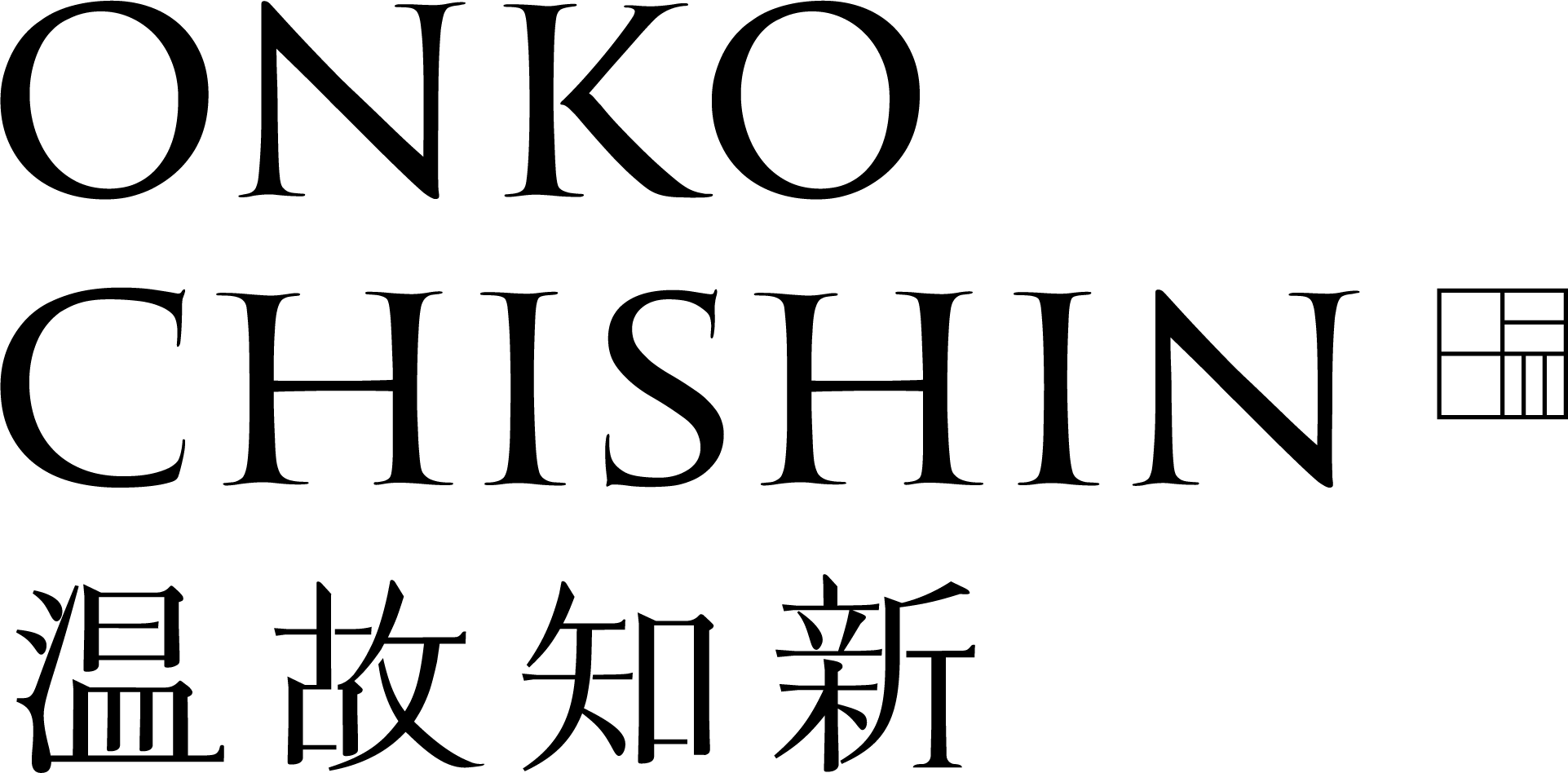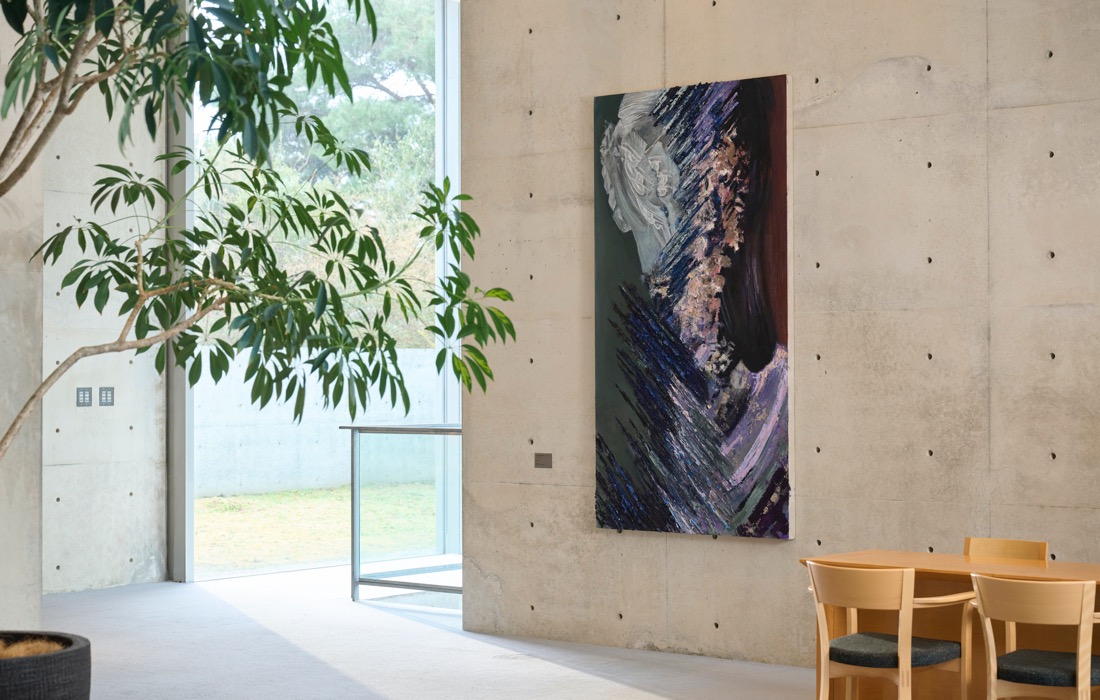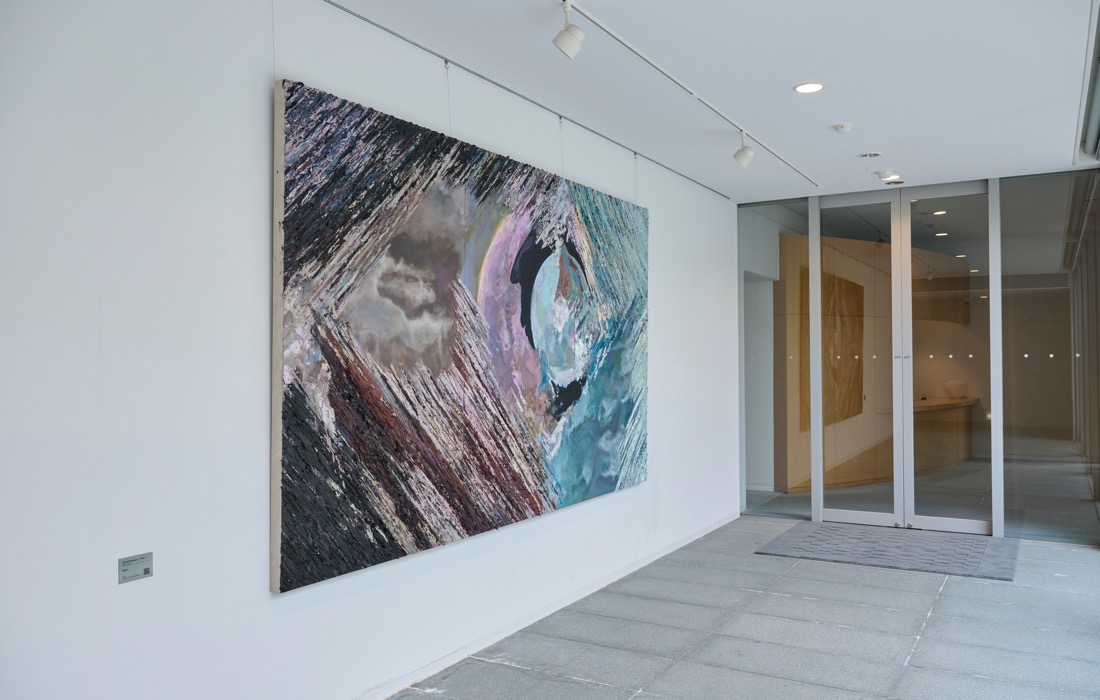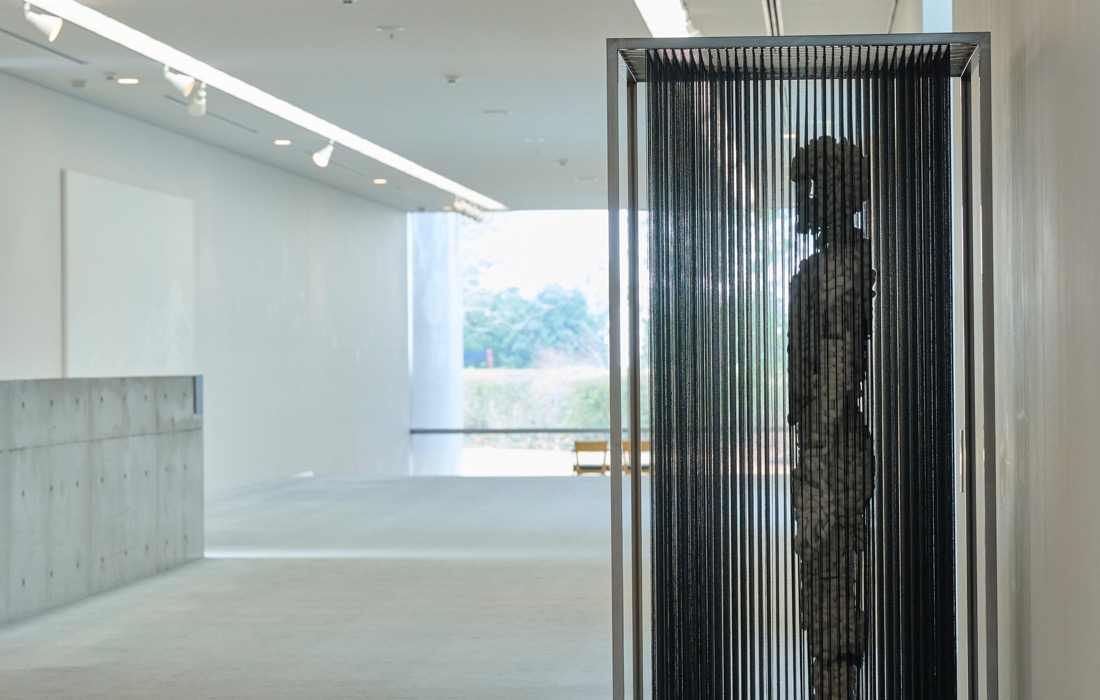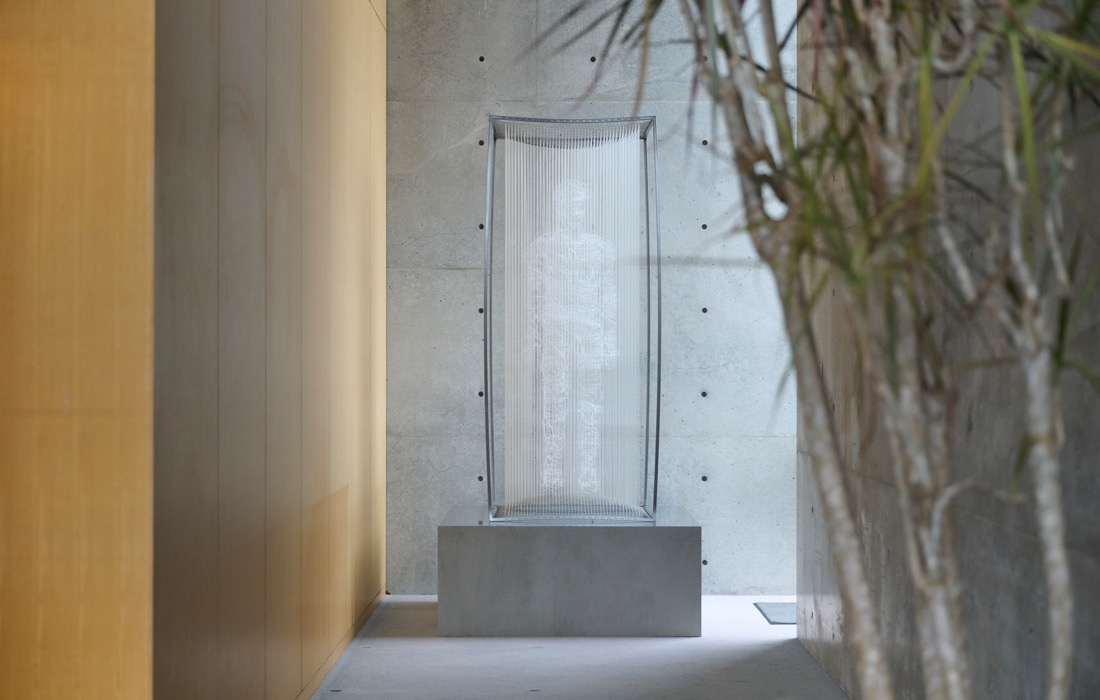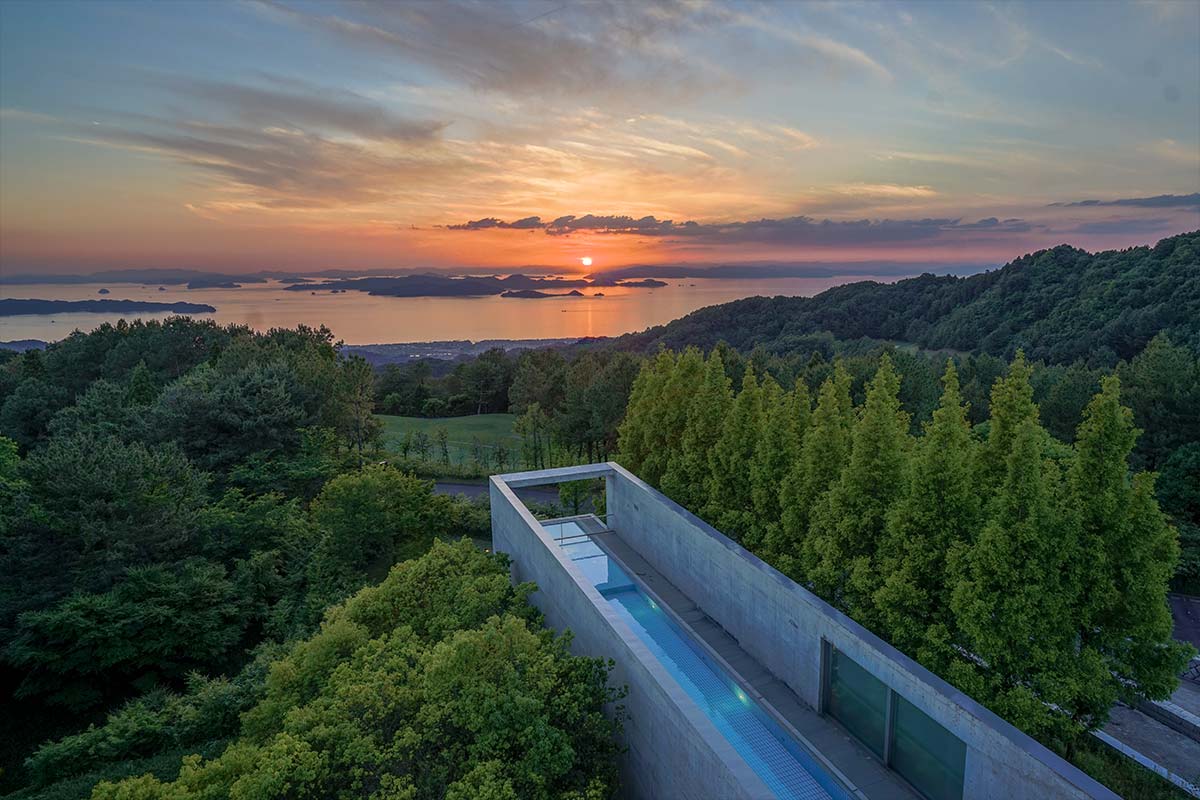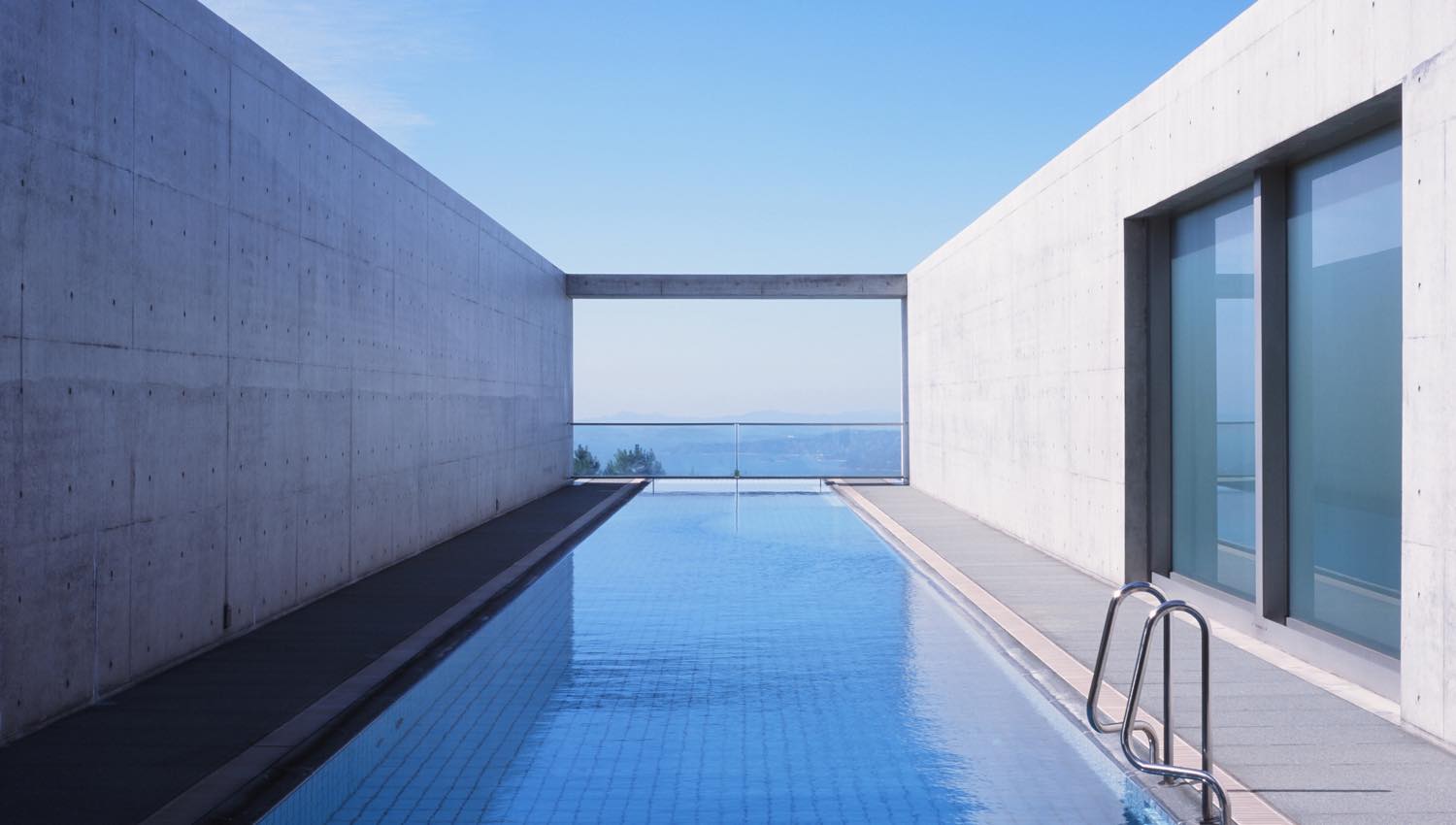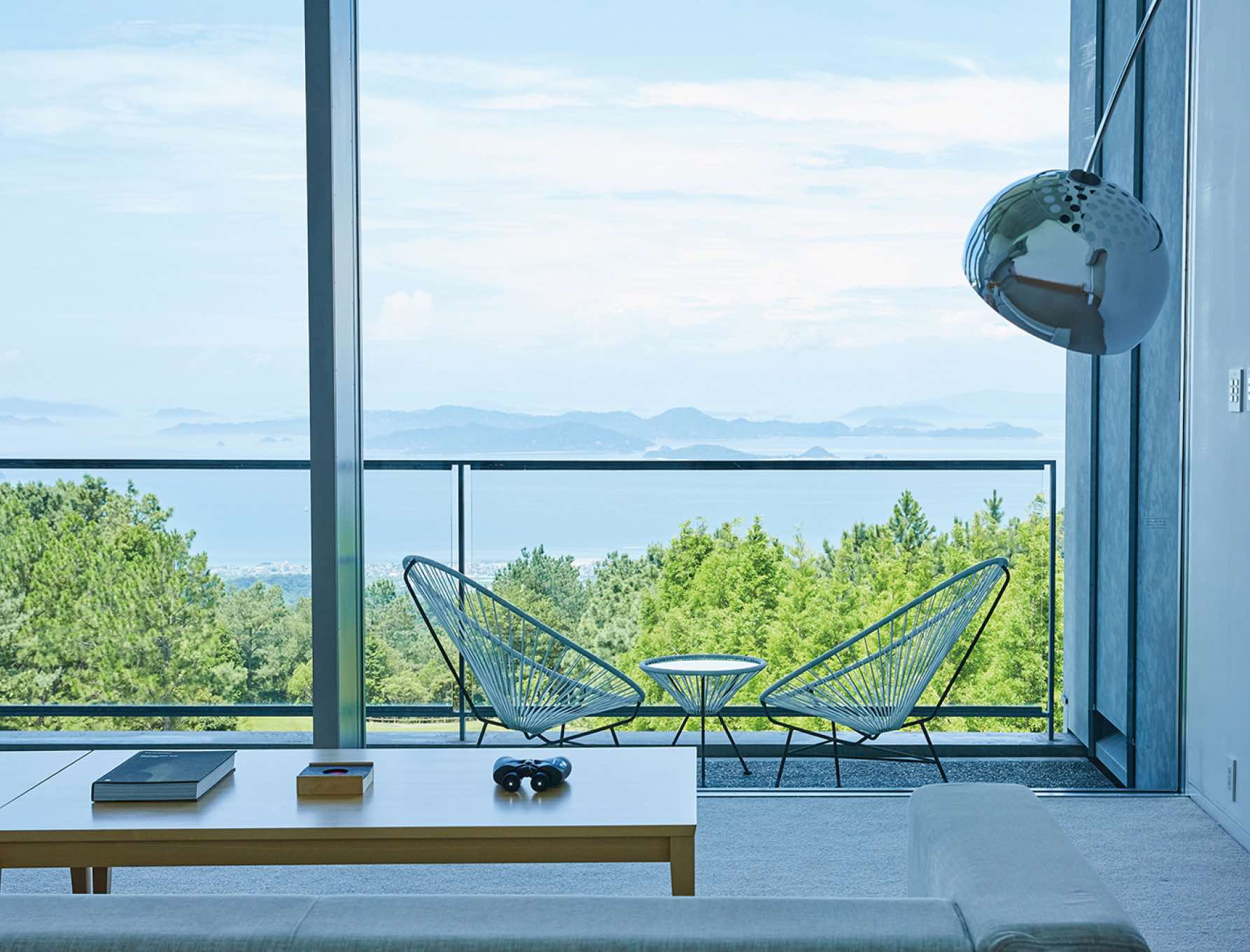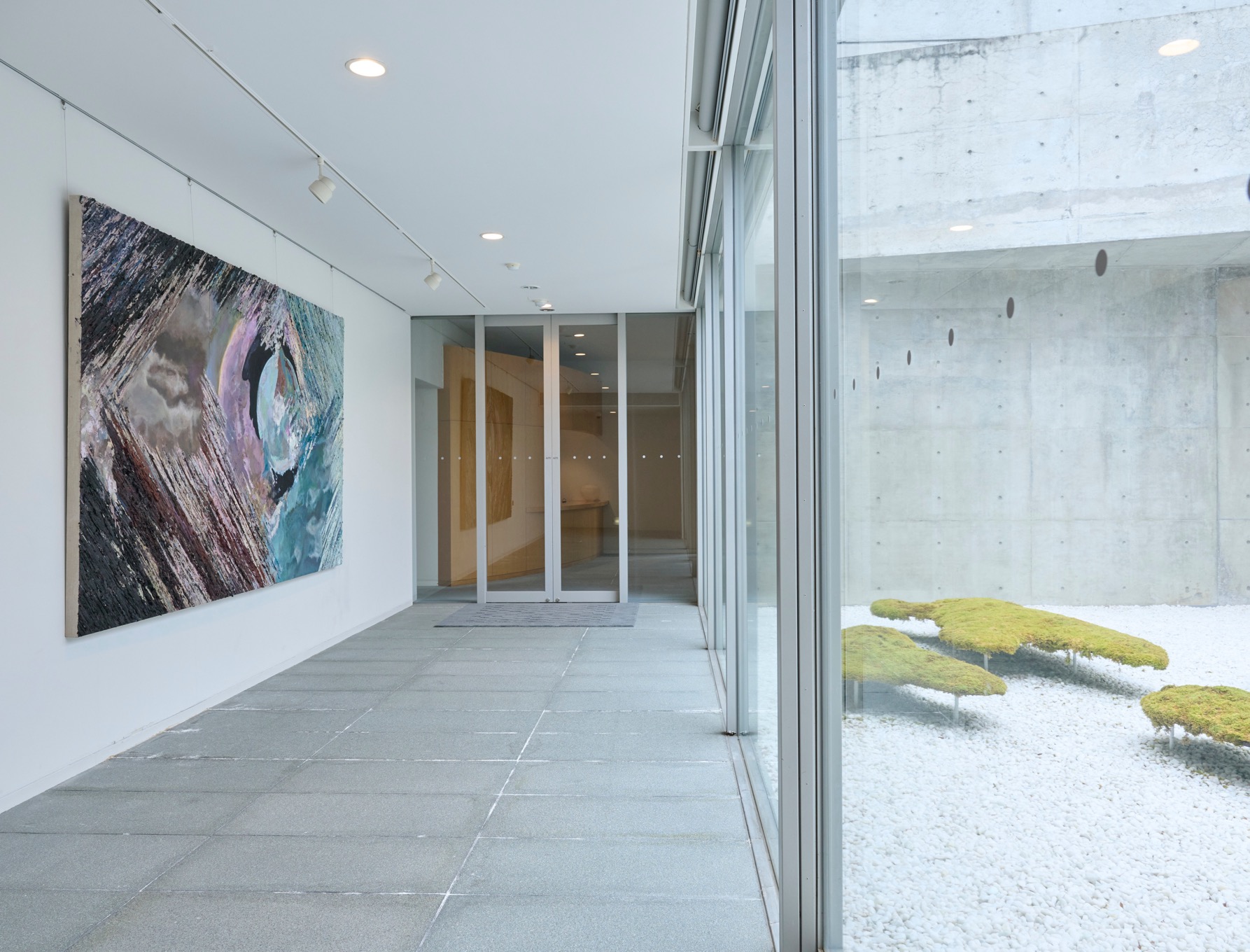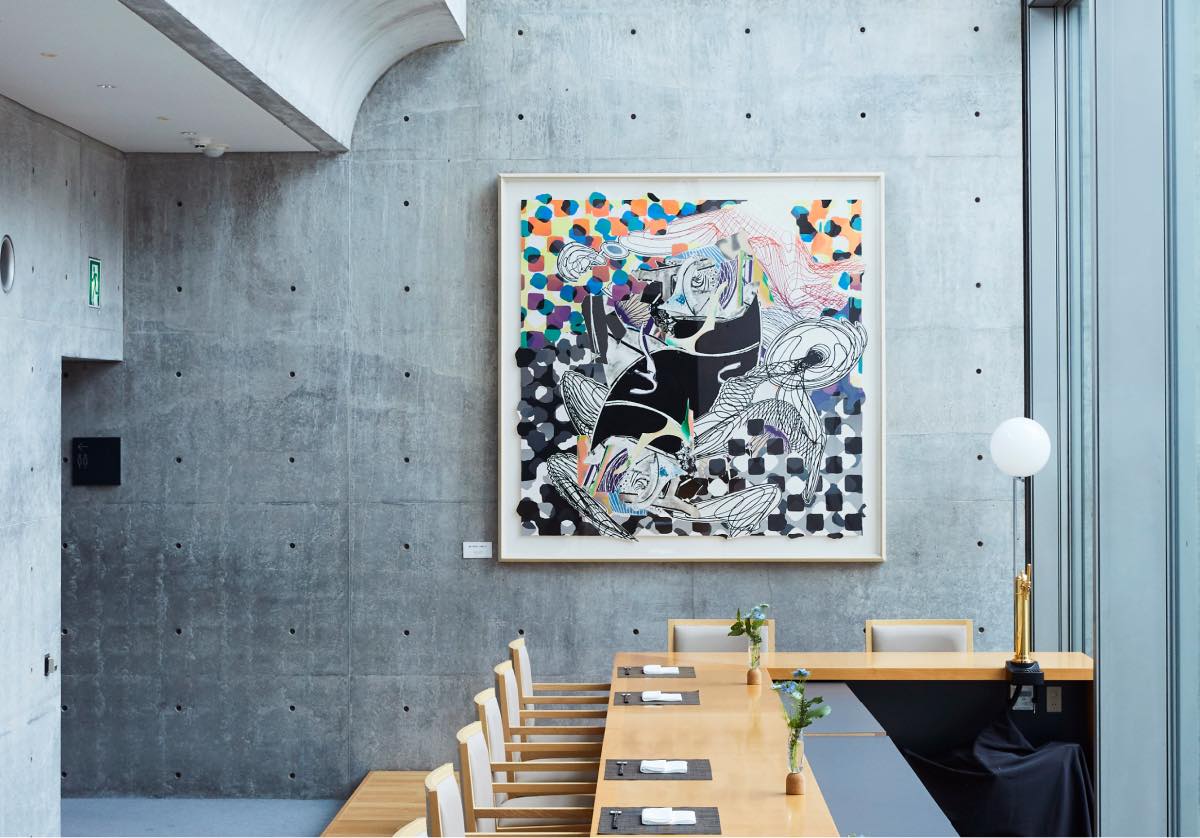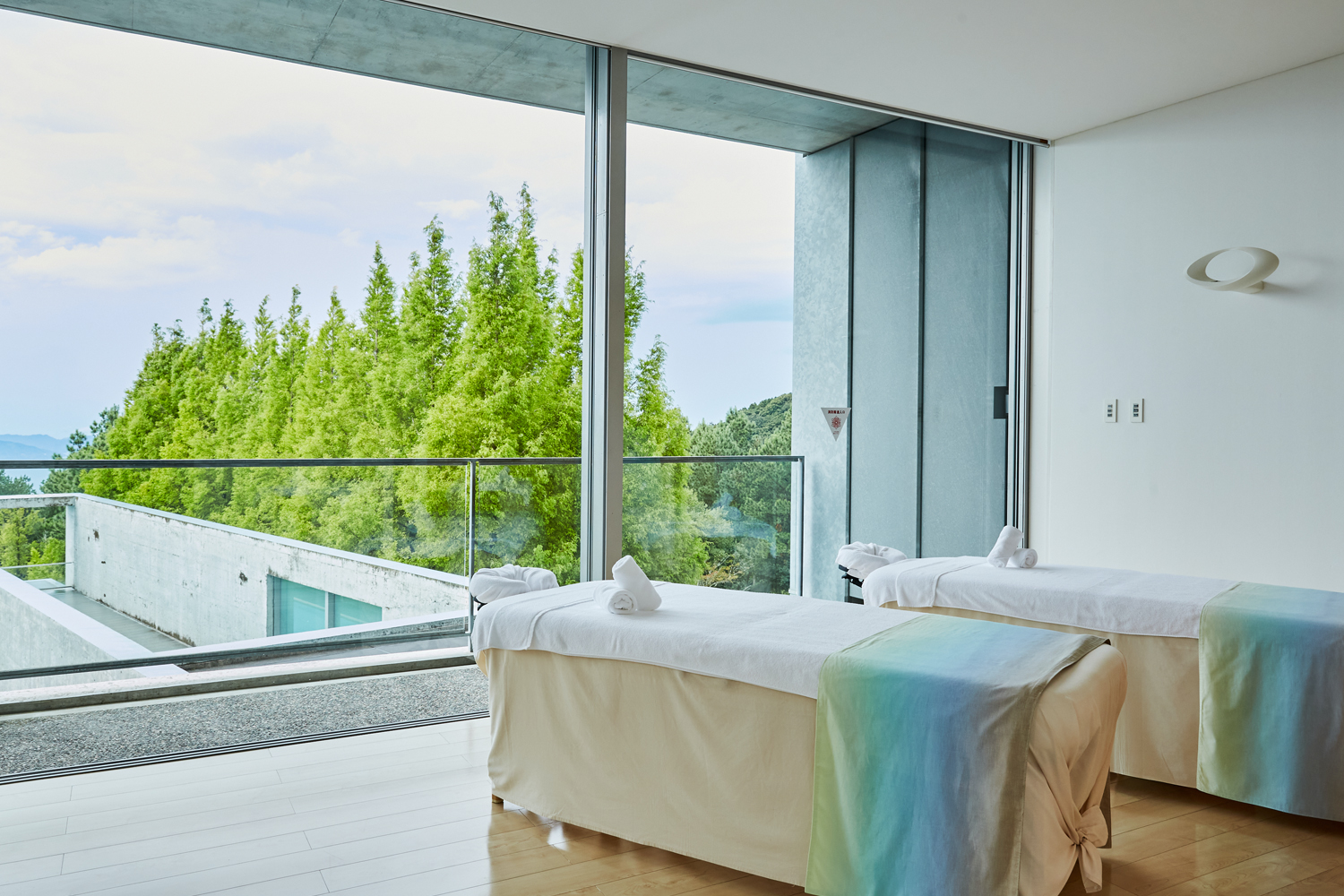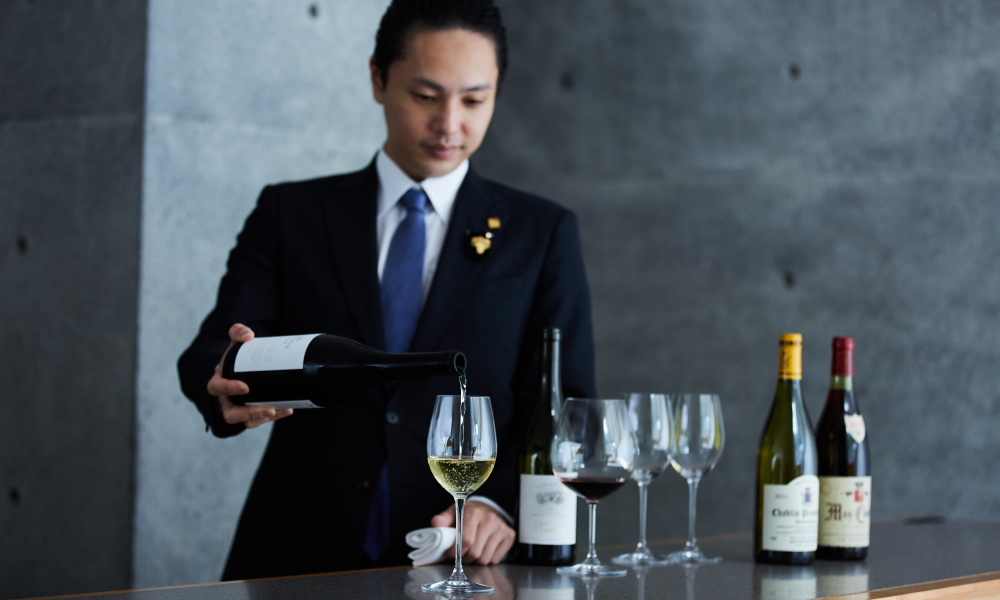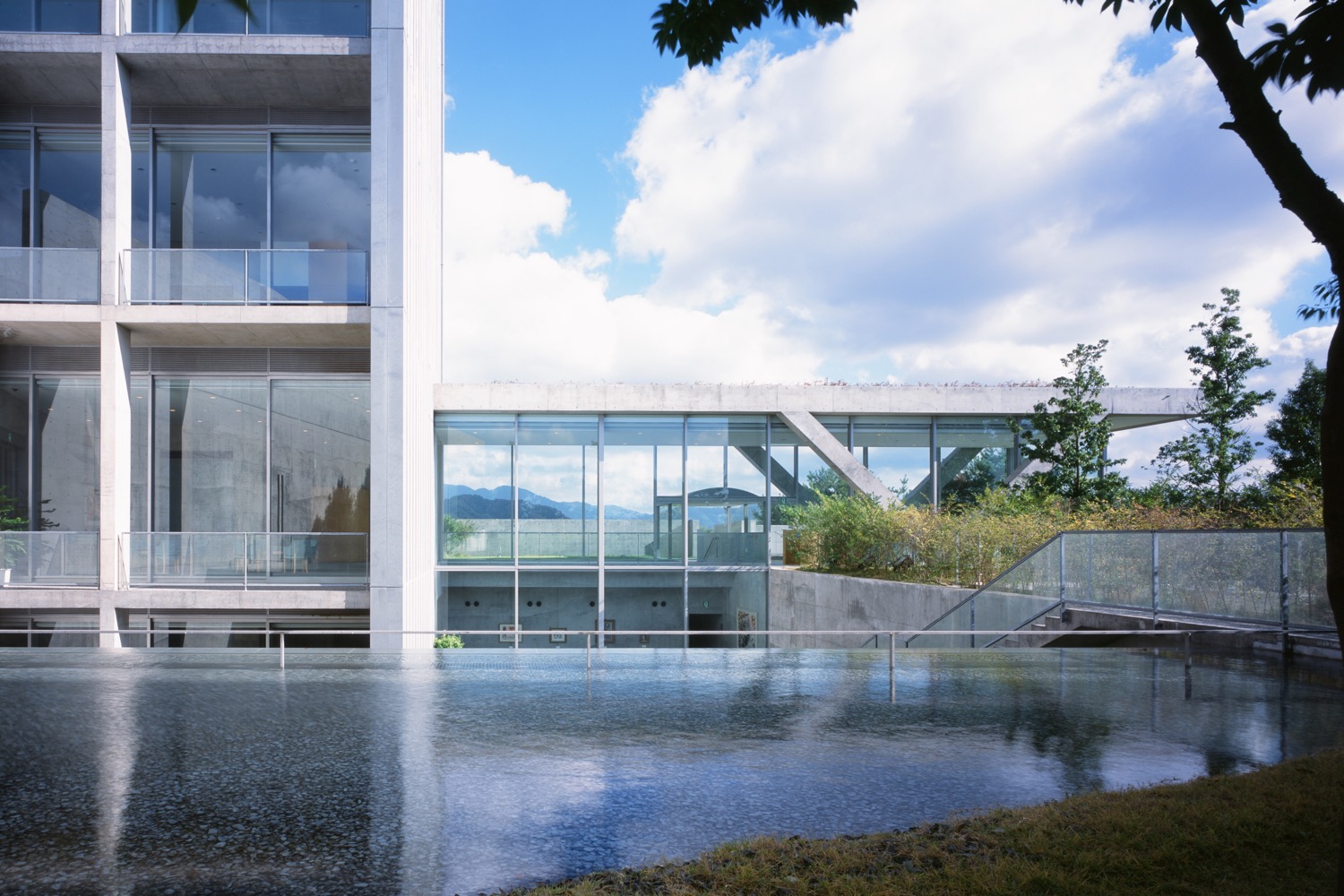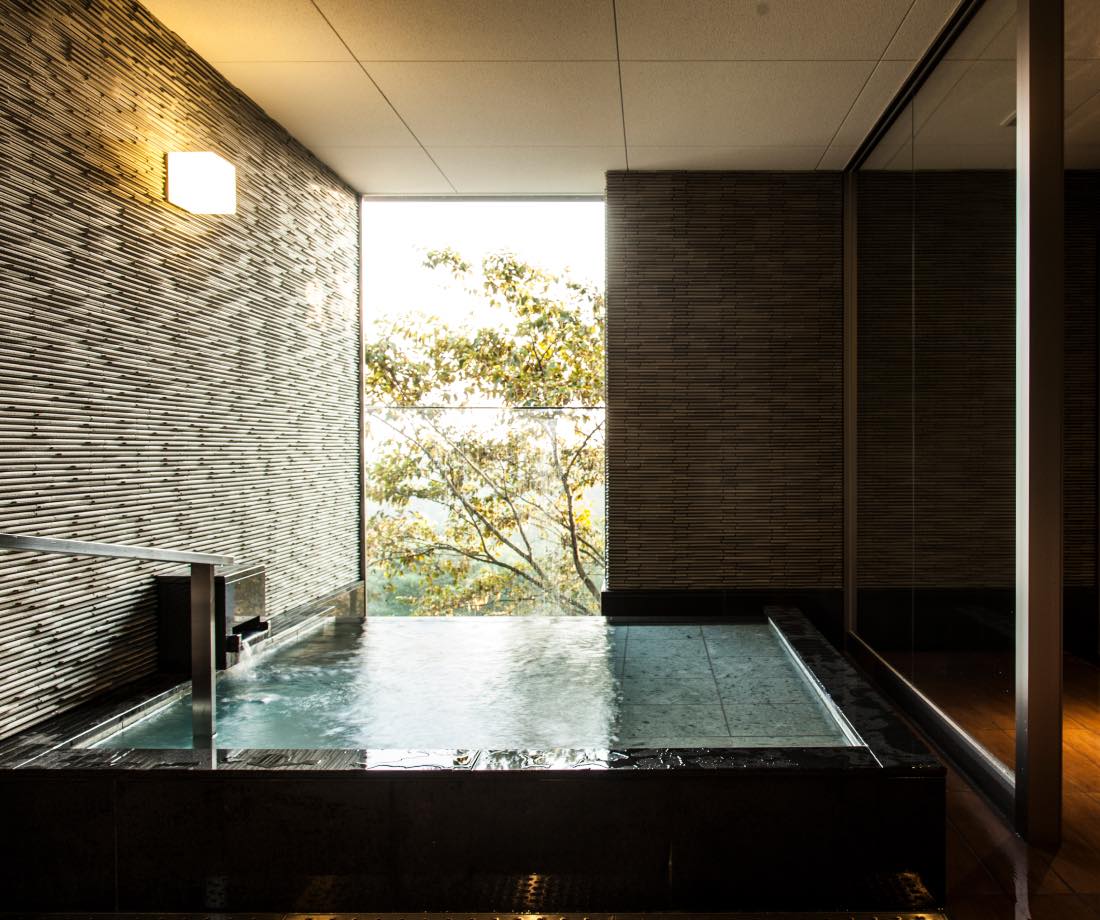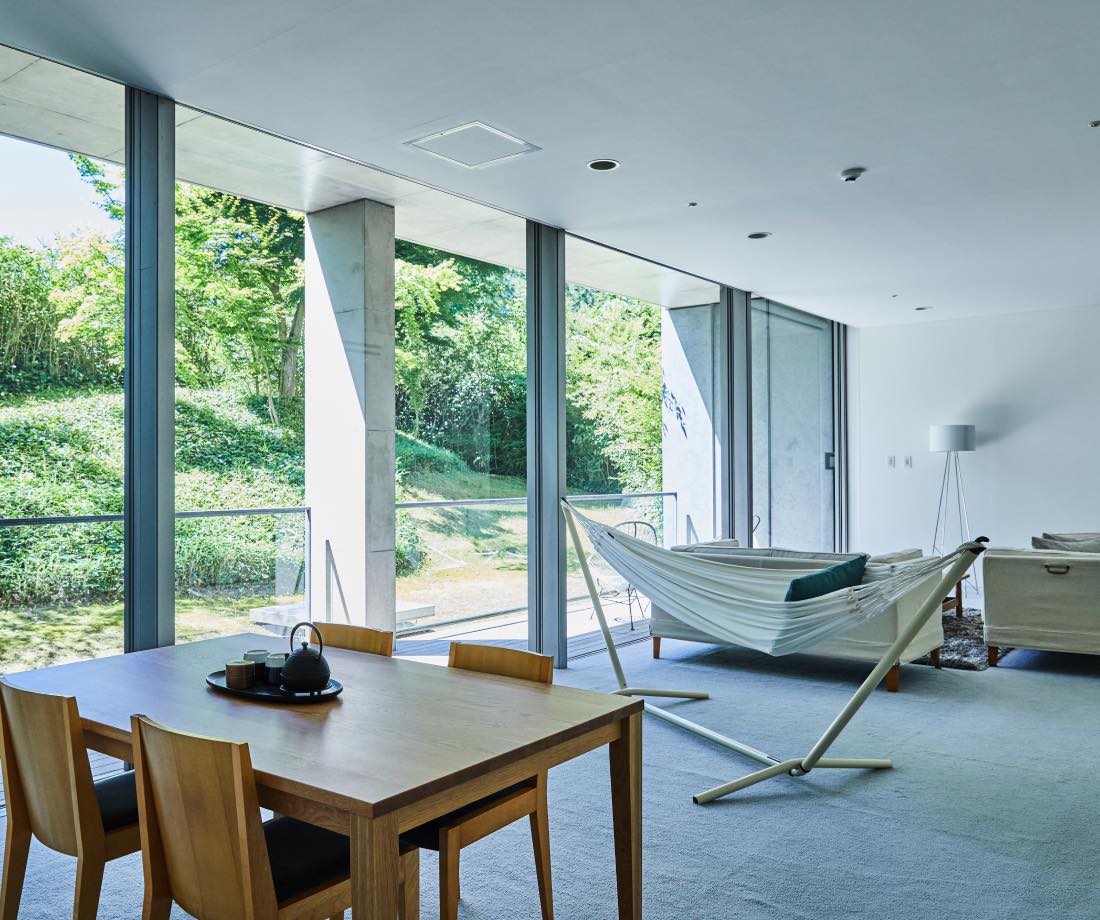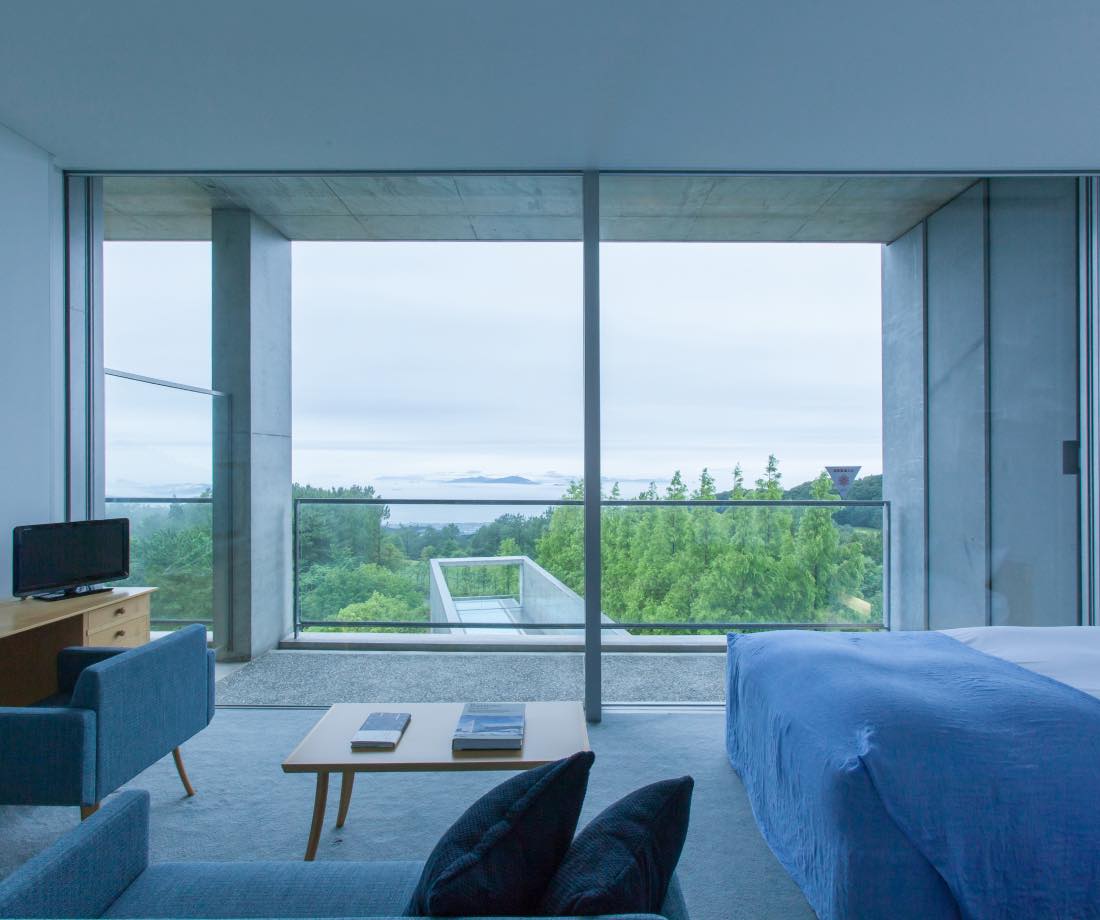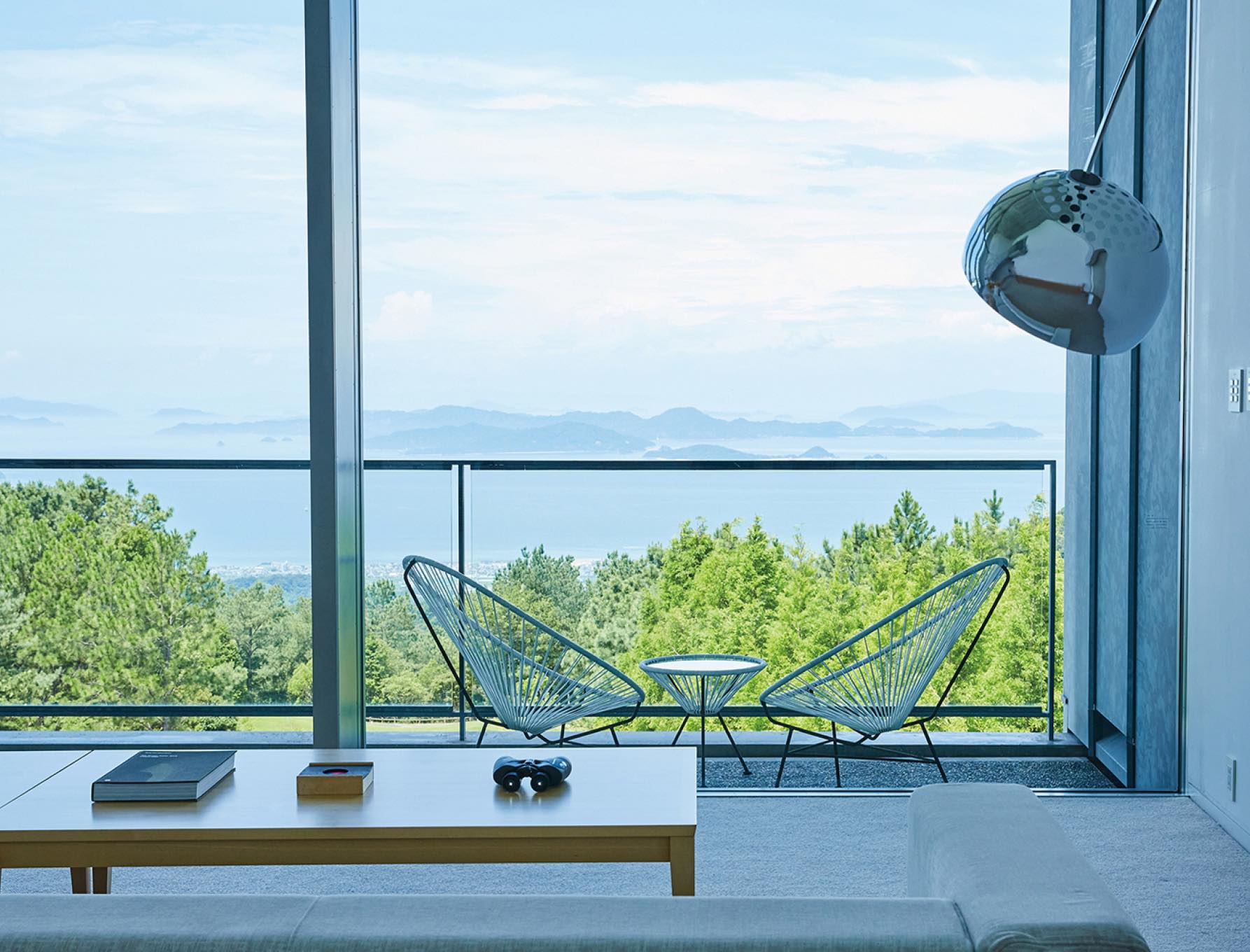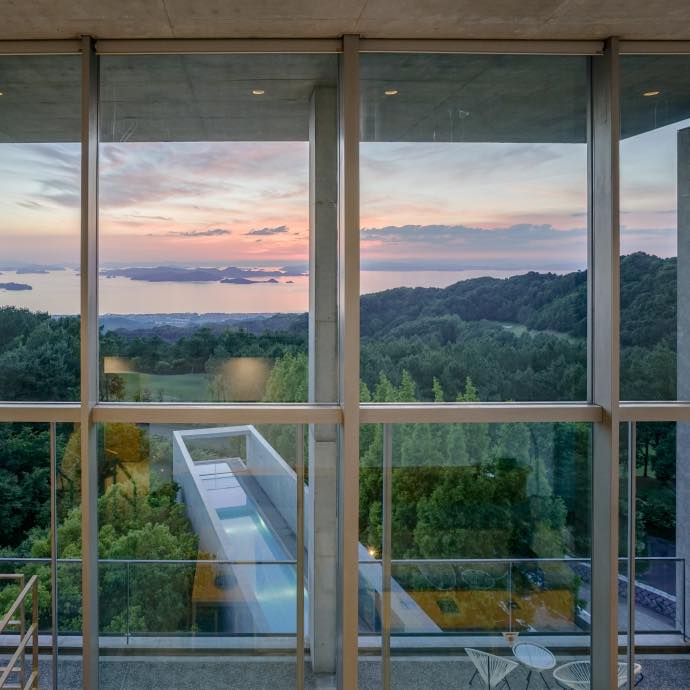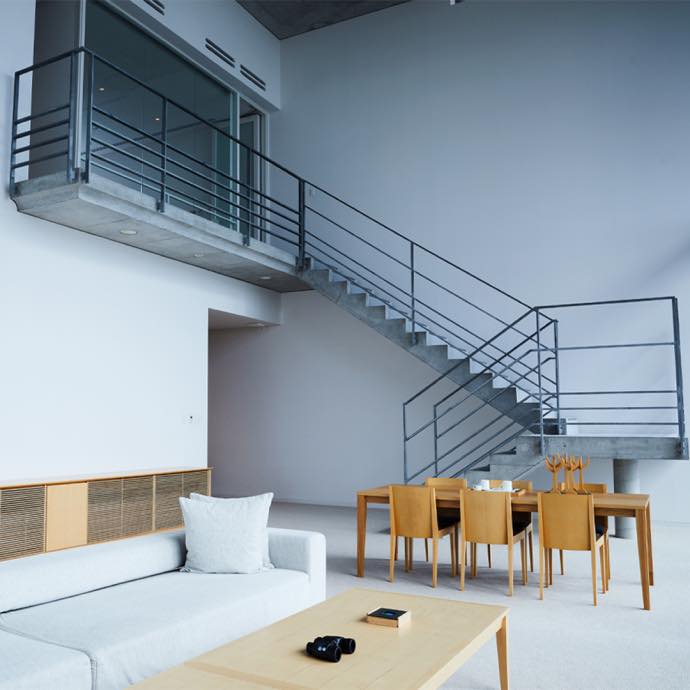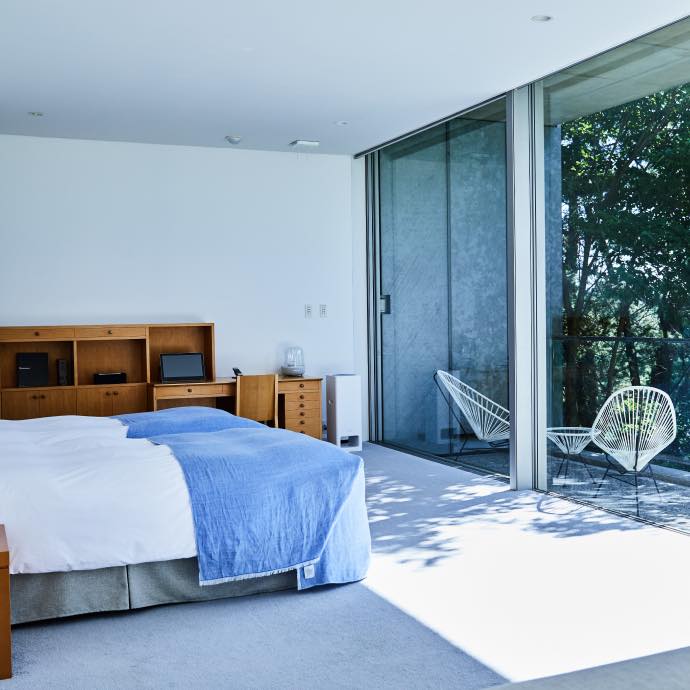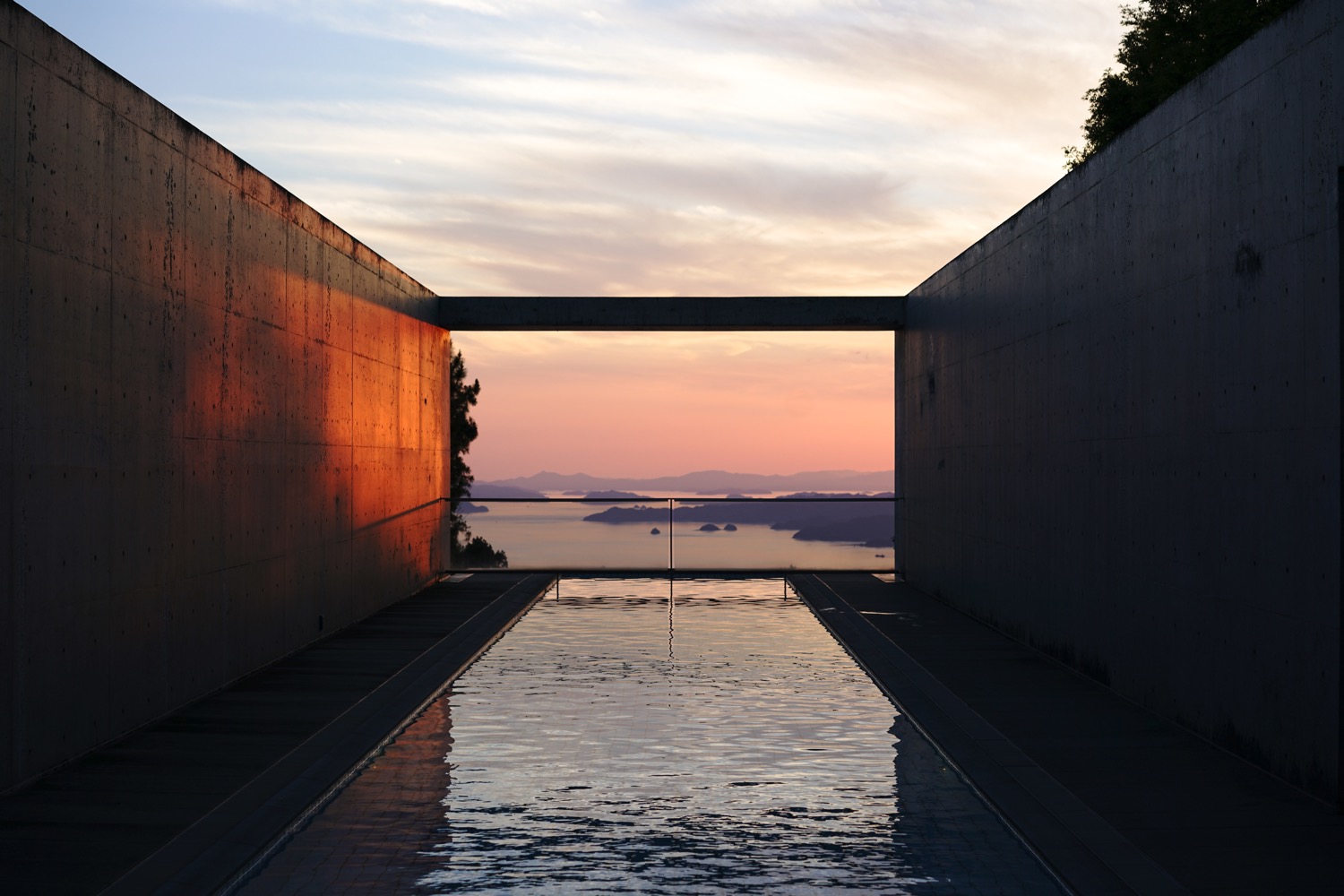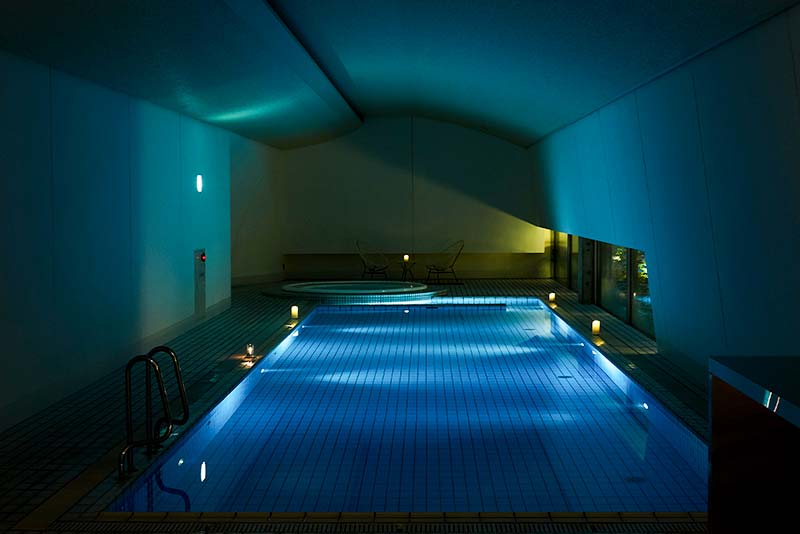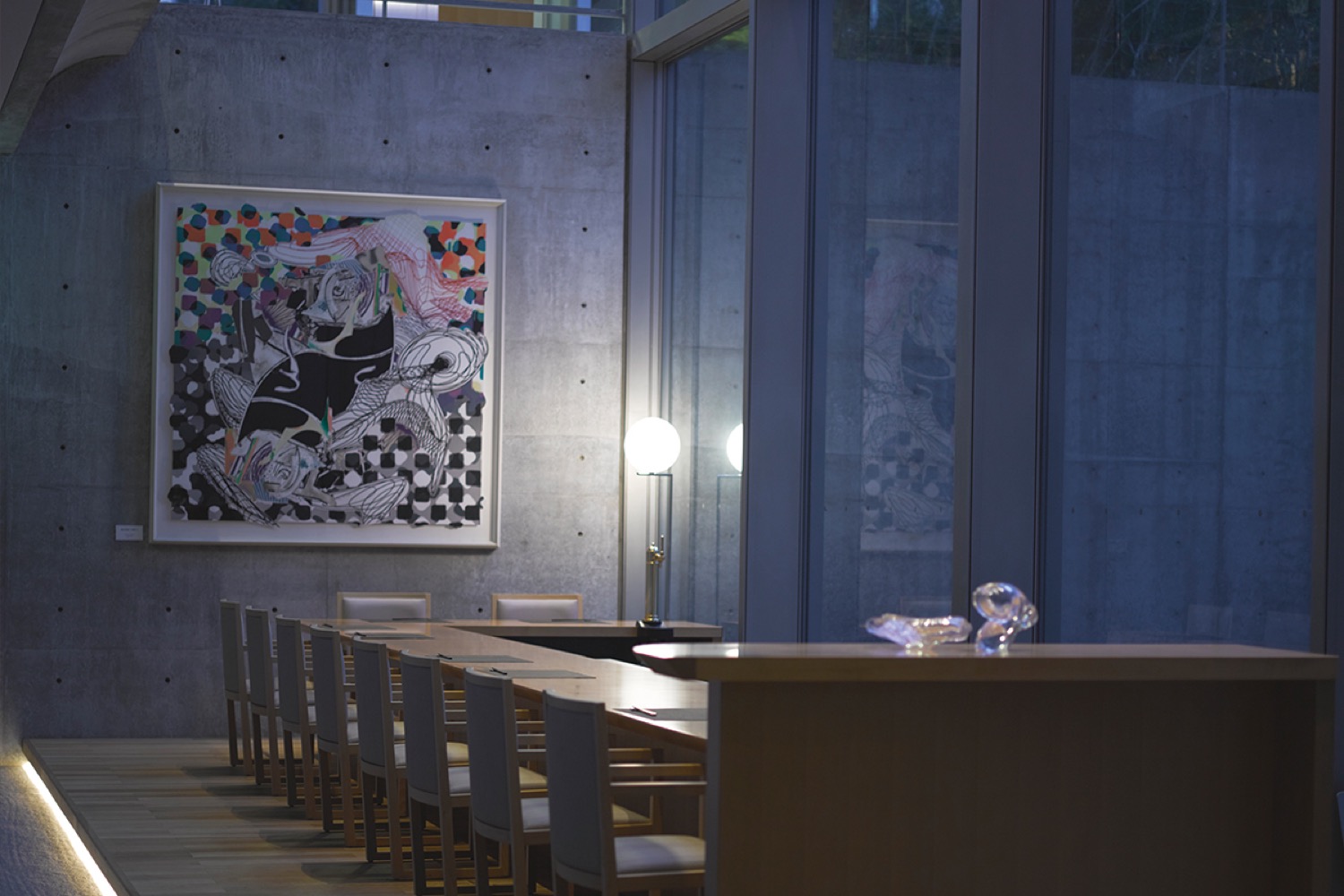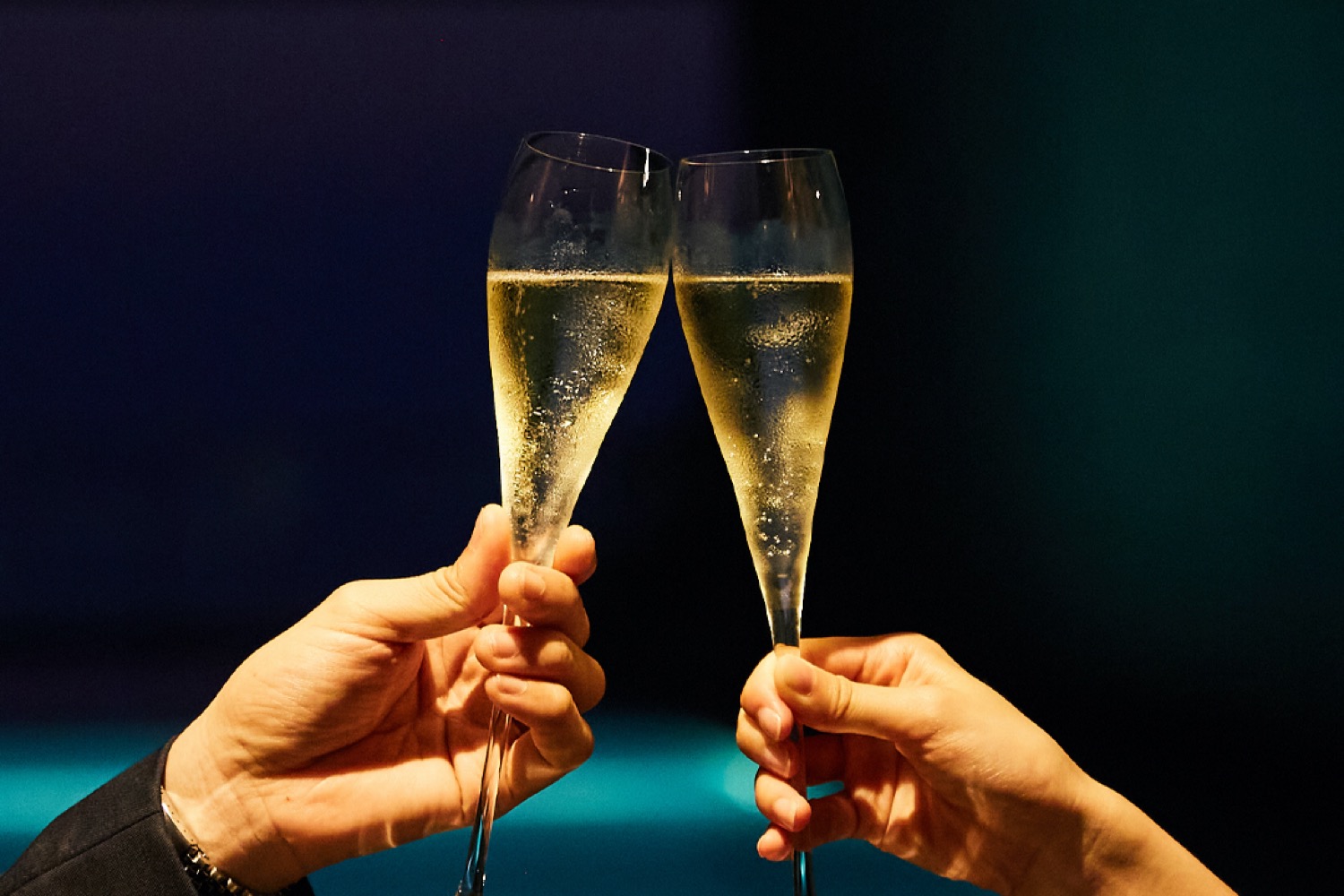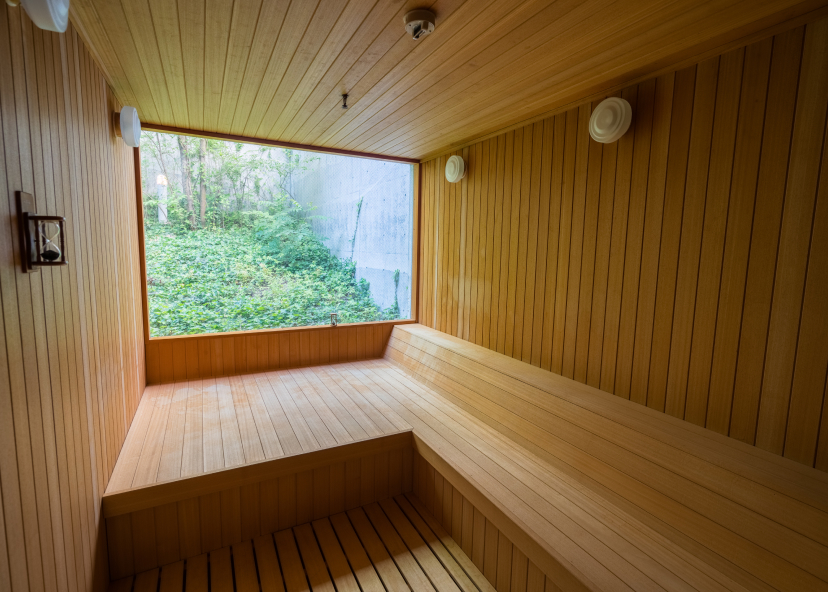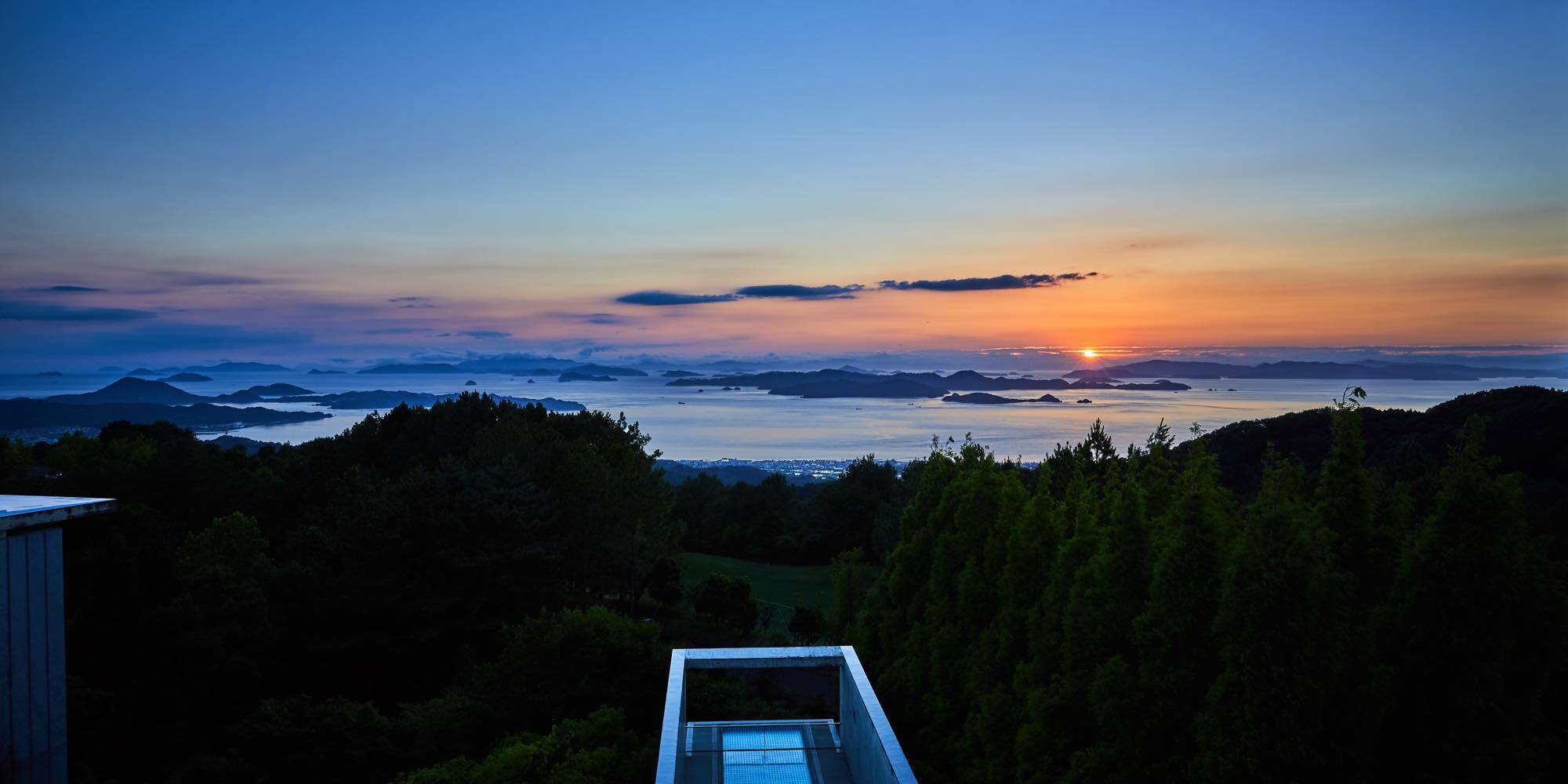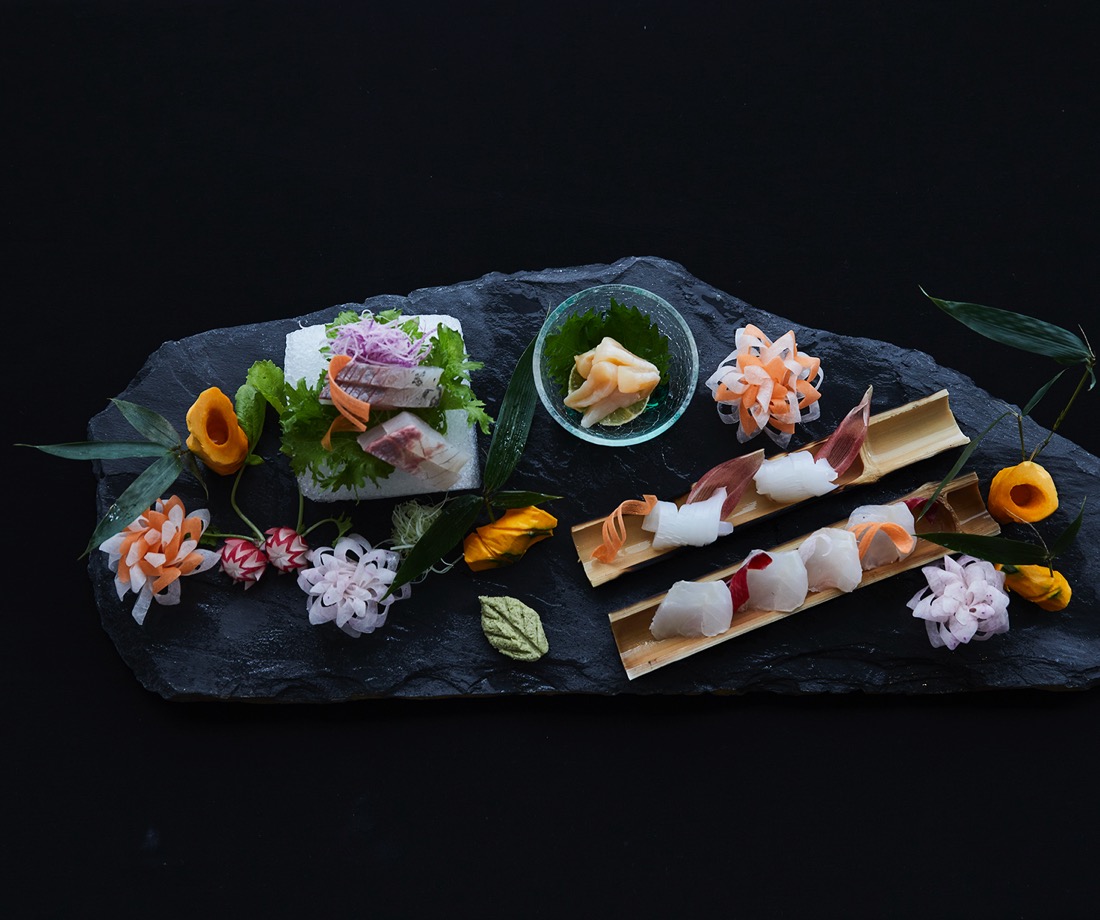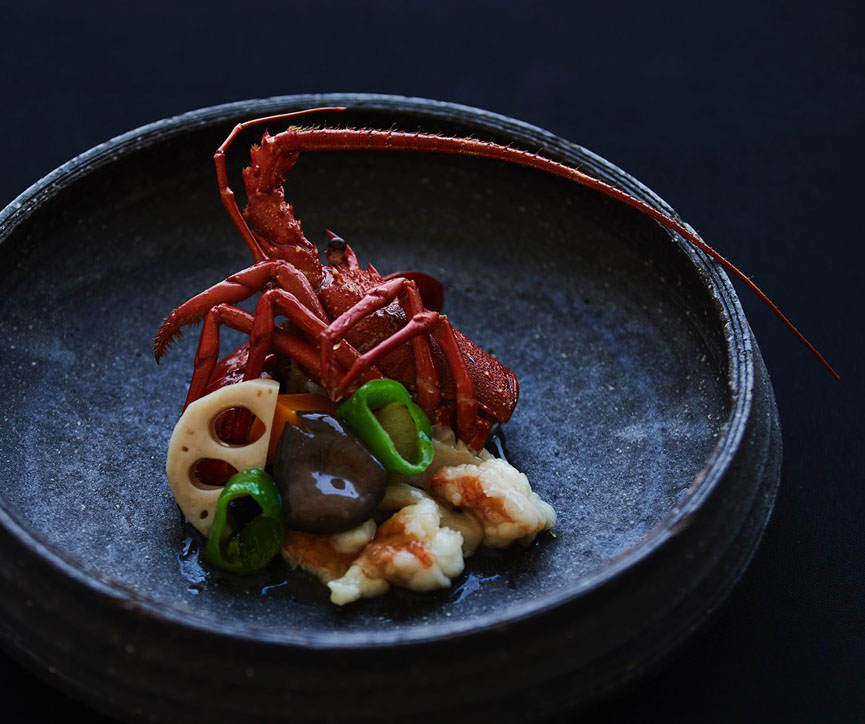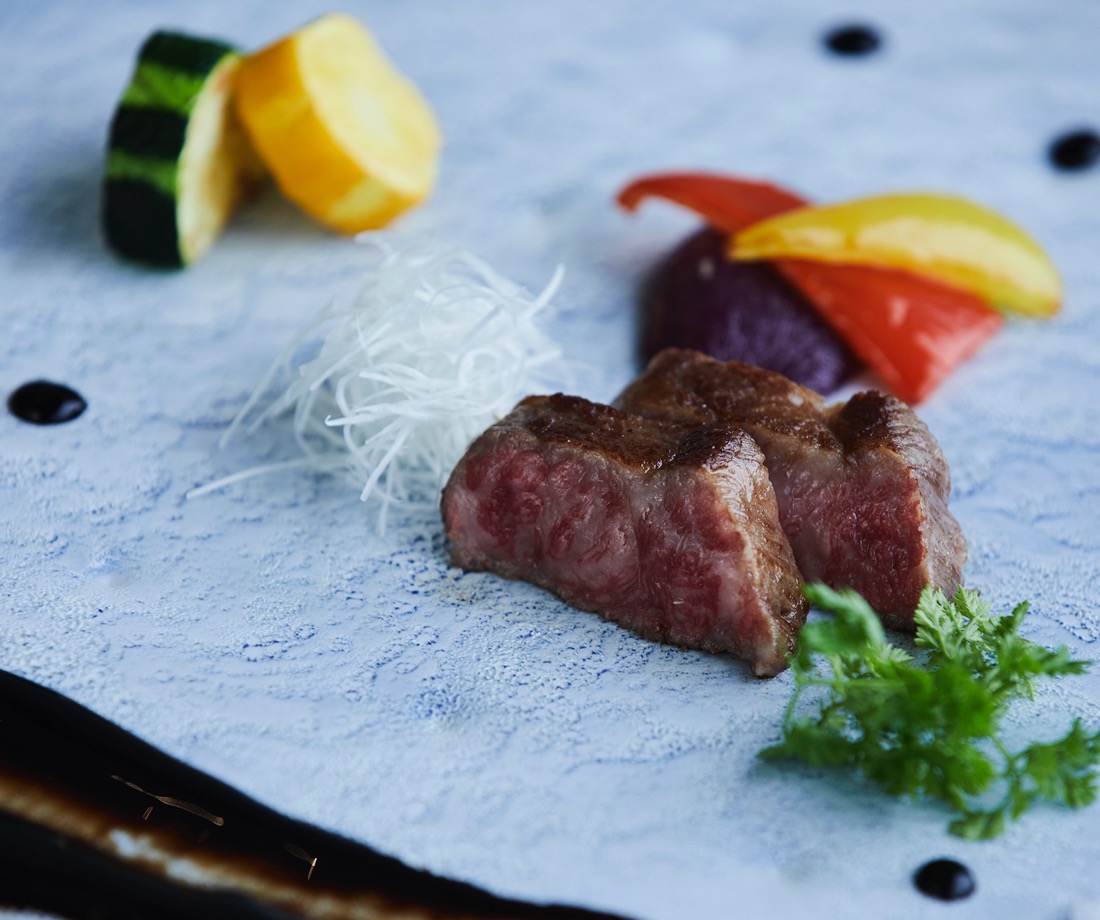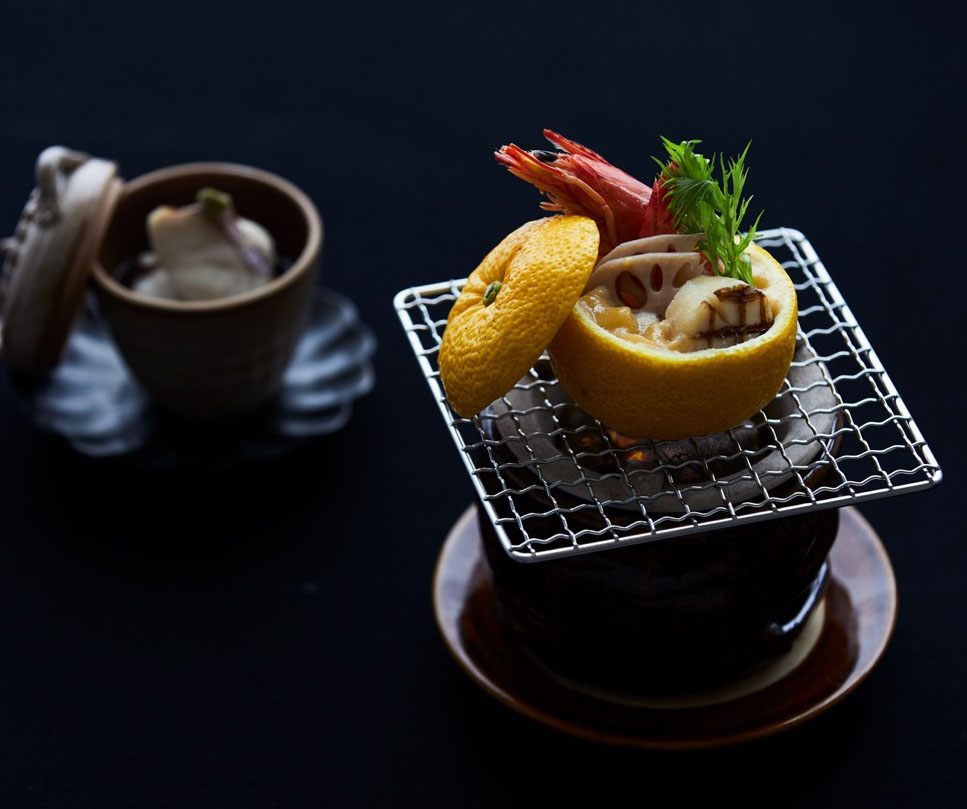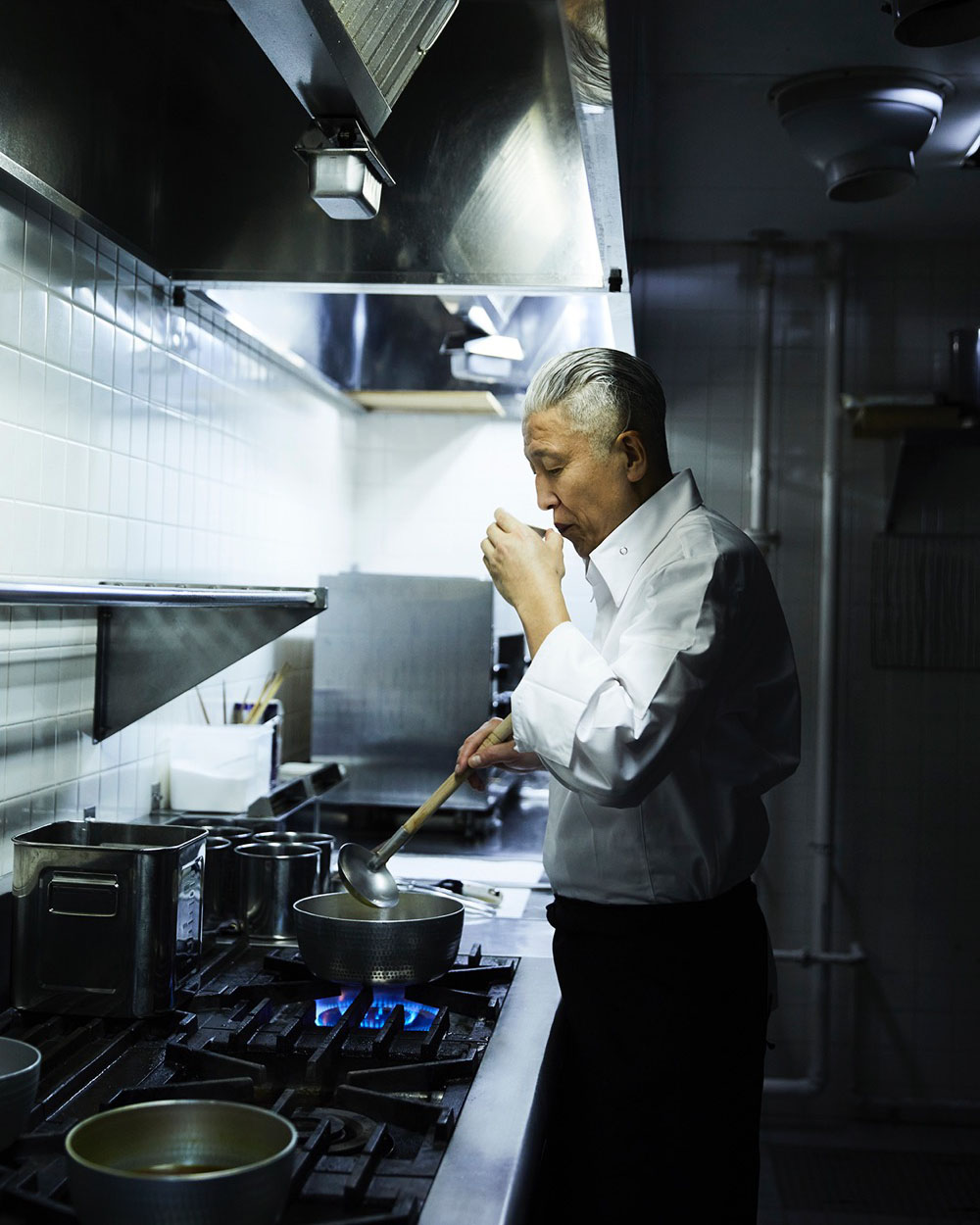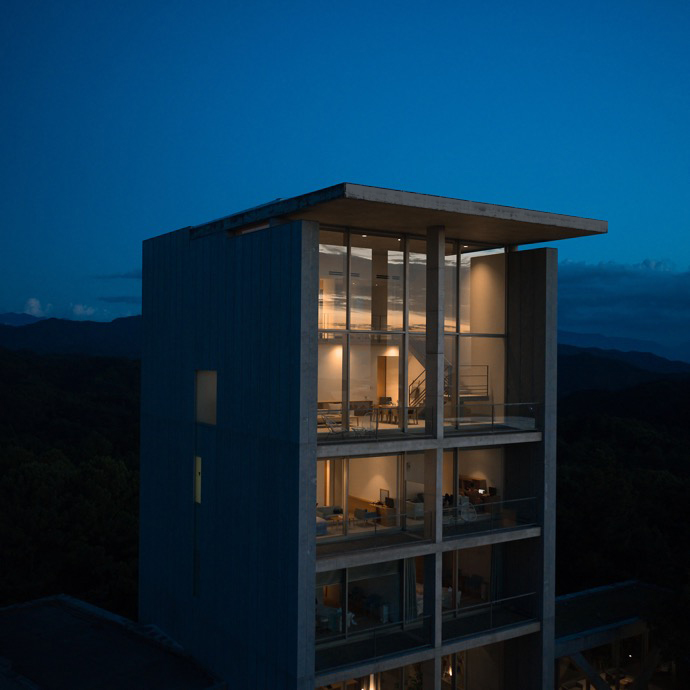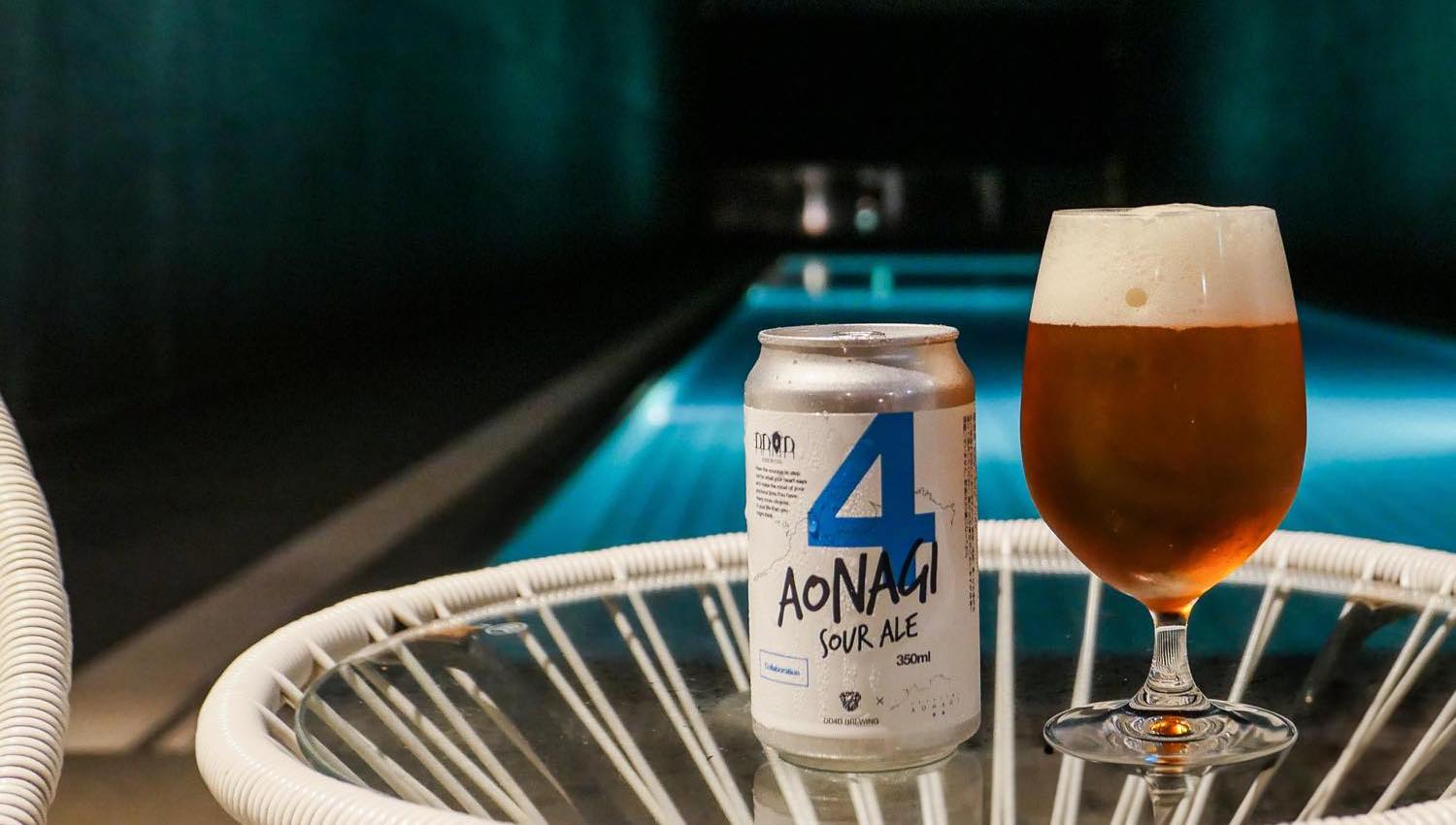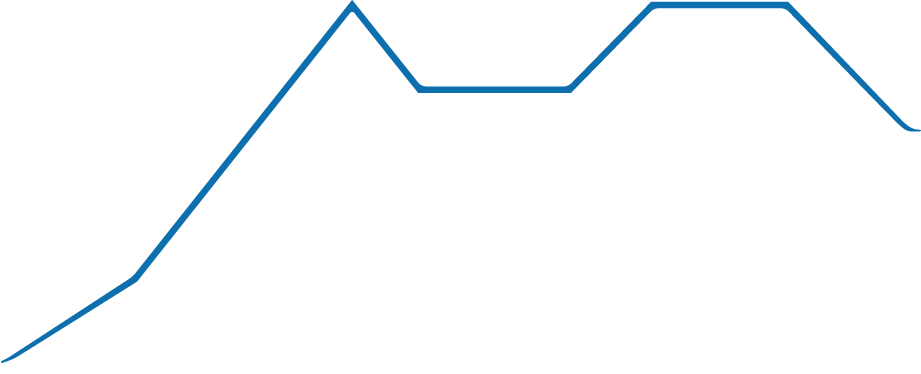ART
art
Architecture, pouring light, views of the Seto Inland Sea, cuisine, and minimal art by contemporary artists.
Art is one of the pleasures that Setouchi Retreat Aonagi can offer.
Emi, nature painter
Born in 1982 in Ehime Prefecture. Graduated from a beauty school and worked as a beauty staff in a department store. During this time, she also worked as a part-time instructor of pastel painting at a beauty school. While working at a department store, she began painting people, insects, trees, and inhabited objects, and has held solo exhibitions in Ehime since 2021. She has been expanding her creative range, starting from oil painting to acrylic paint, crayon and other painting materials. Since her childhood, she has had a sense of the invisible world and learned that nature is full of various energies. By drawing things that cannot be seen with the eye, she hopes to convey her wish for coexistence with nature and the precious things that are inherently there.
Ryota Watanabe
After completing the MFA program at Tokyo University of the Arts in 2023, he has been showing his works at his base in Tokyo. He performs the act of painting purely with a brush and the act of destruction by placing and scraping paint with a cutter knife and other tools he created himself on a single screen, leaving these traces on the screen as he creates his works. Following the existentialism of artists such as Lucian Floyd, whose works exude the vividness and richness of brushstrokes, and Alberto Giacometti, who stripped away the elements and approached the essence of the work, he transformed his approach into a contemporary one, challenging to update the history of painting through a technique that is similar to cubism.
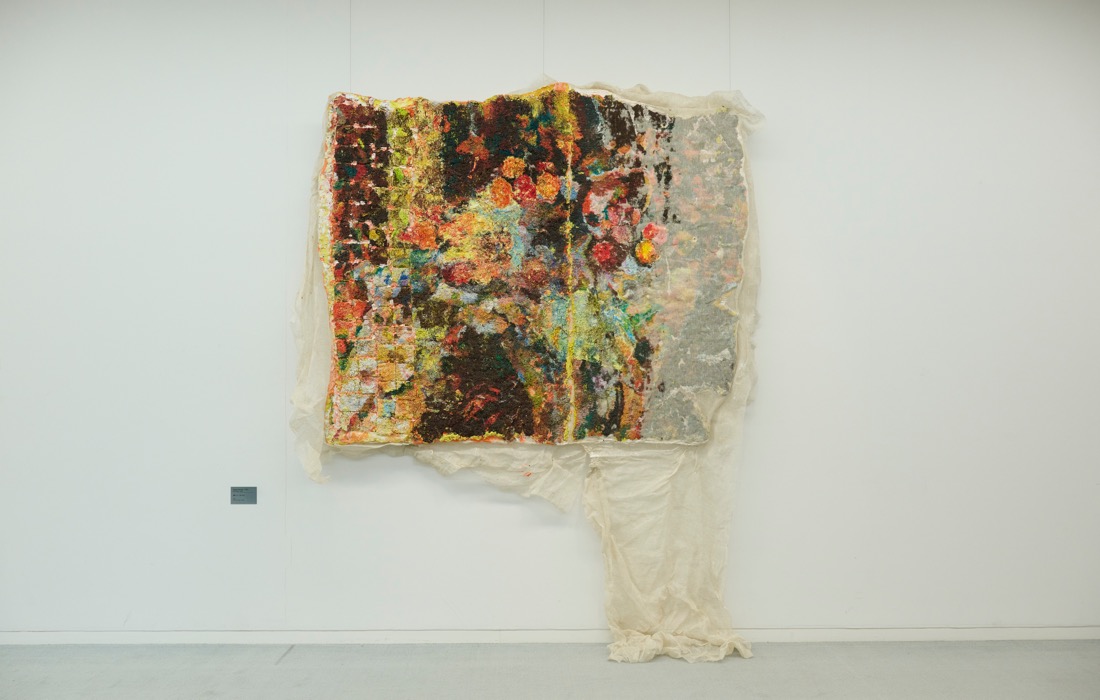
Asami Shioide
He creates his works by pressing a wire mesh or coarse linen cloth against a still-life painted with thick oil and acrylic paints, and the resulting paint rises to the surface. Shioide’s works, which are composed by the unevenness of the paint, challenge the notion that painting is flat and two-dimensional, and challenge a new 2.5-dimensional pictorial expression and the expansion of the field.
Aiku K urotaki
Inspired by the textile form, in which a three-dimensional structure is created by intersecting fibers, he creates three-dimensional works using a combination of warp and weft threads through manual work. In the “Human” series, one of his representative works, a human being is placed inside an empty iron box with countless warp and weft threads. By confining human beings within a frame composed of regular lines of thread, he brings into relief the patterned nature of modern society and human thought. Through his own work, he attempts to bring to light the empty contemporary society and the human perspective he perceives, and to lead people to liberation from algorithms.
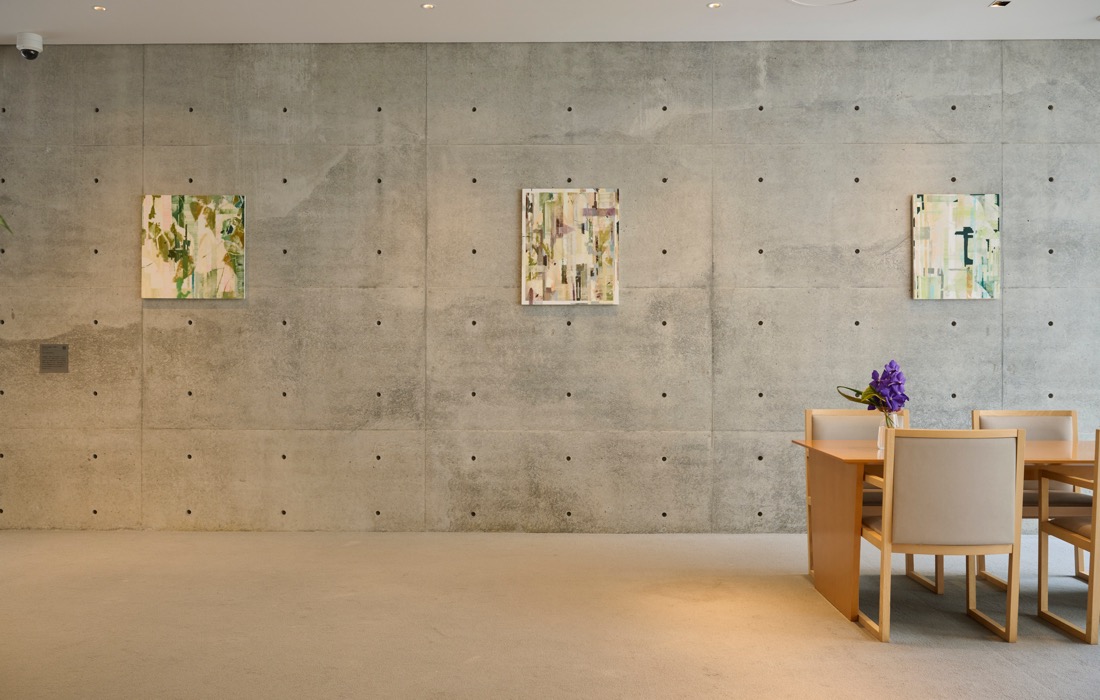
Miyuki Inagaki
D. in oil painting from Tokyo University of the Arts, Tokyo, Japan, he lives and works in Tokyo. The question, “What did the world look like? Through the act of painting, he continues to question the place in which we live and the landscape that spreads out beyond it. The fluid and multi-perspective works complement each other to create an exhibition space, transforming the white cube into a one-of-a-kind “garden.
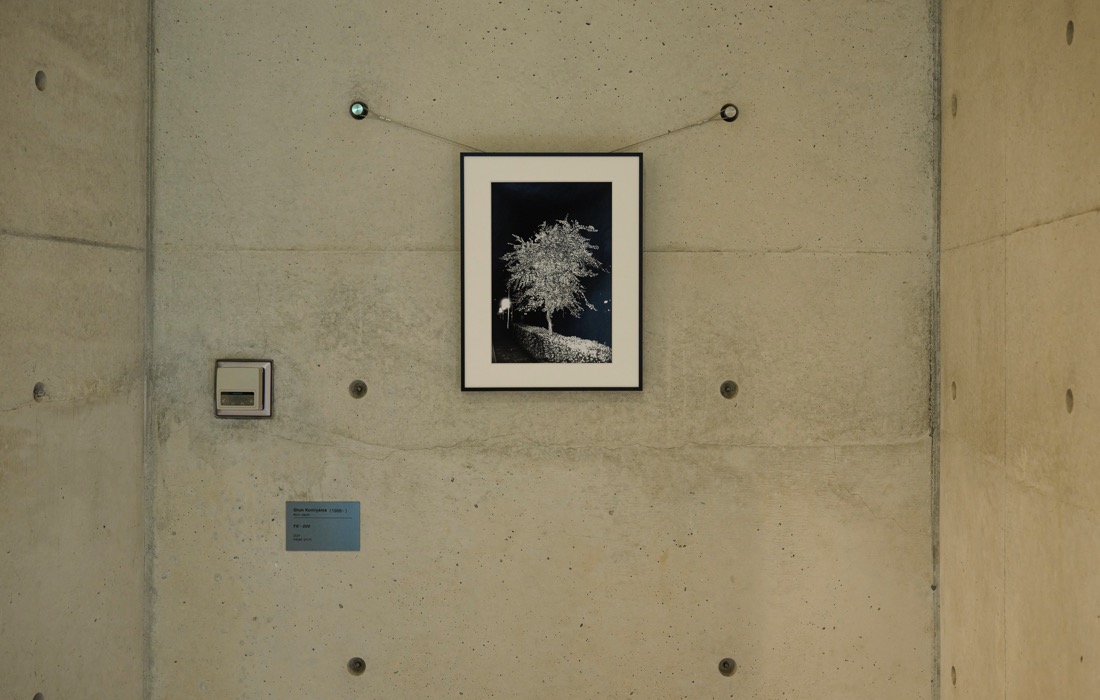
Shun Komiyama
Photographer and artist born in Yokohama, Kanagawa Prefecture. He pursues the essence of photography, which is to “record one’s point of view on real events,” and expresses and builds graphical worlds without relying on computer-generated compositing.
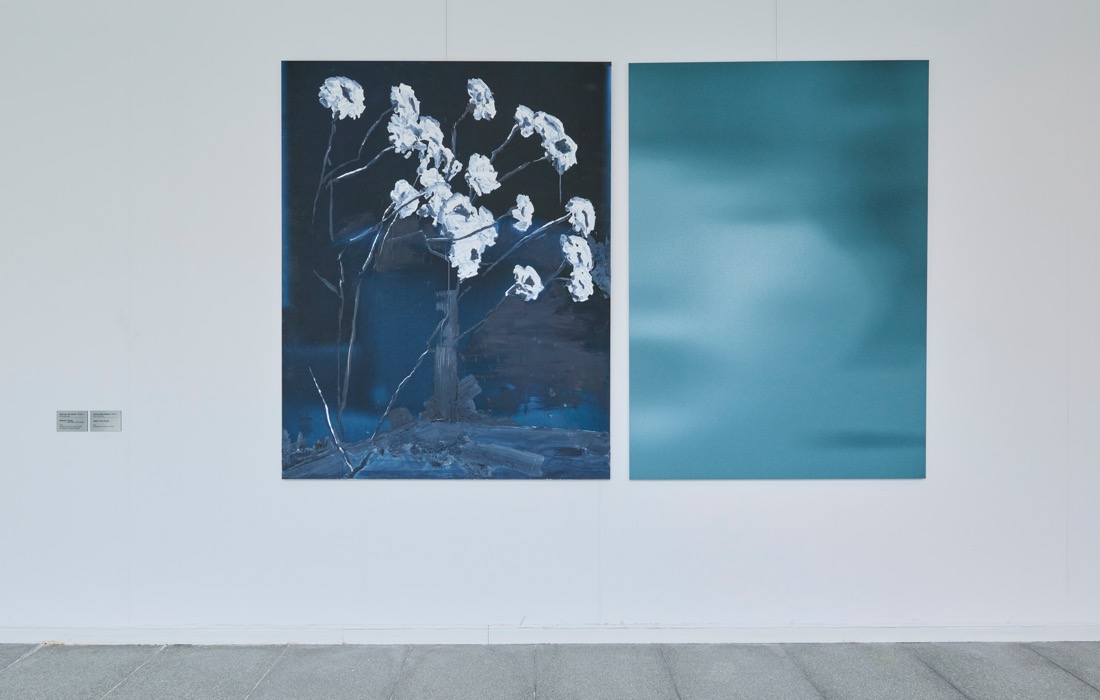
ALDO VAN DEN BROEK
(Photo, left) Self-taught artist. Her work captures the ephemeral cycle of collapse, transformation, and rebirth. Influenced by his life on the periphery of society, he explores the impermanence of social, political, and personal systems and the resilience that emerges as they collapse. Collapse is not the end, but a moment of quiet transition where strength and beauty gently emerge amidst the devastation. Using timeworn scrap materials such as cardboard, wood, metal, and fabric, he breathes new life into these fragments and sublimates them into multilayered, richly textured works. The production process of scraping and piling reflects the cycle of destruction and rebirth, with the weight of history and the possibility of renewal etched into the damaged surfaces.
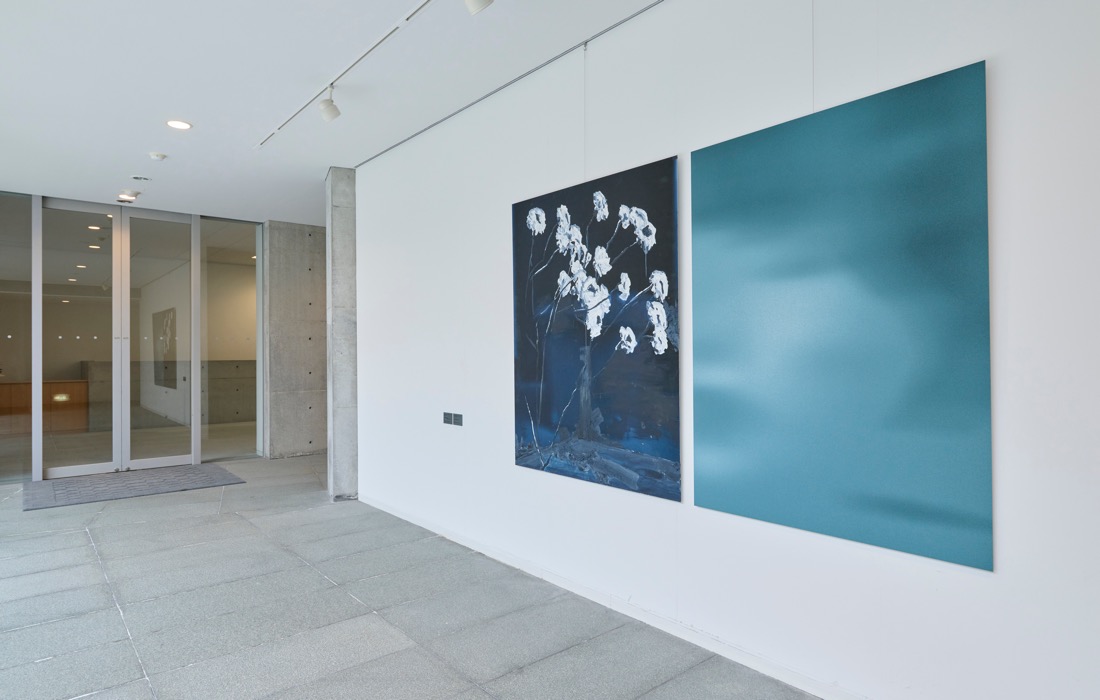
JOHNNY MAE HAUSER
(Photo, right) A Netherlands-based artist known for his sensitive capture of the ambiguous existence of human emotions. Her work is imbued with a silence that cannot be captured in words, and her soft, sometimes cool colors accentuate her unique worldview. Through his poetic use of color and anonymous imagery, he intersects themes of introspection, loneliness, and (emotional) intimacy. The resulting works create a quiet dialogue between the artist’s inner world and the viewer, resonating spontaneously without forcing the viewer to do so.
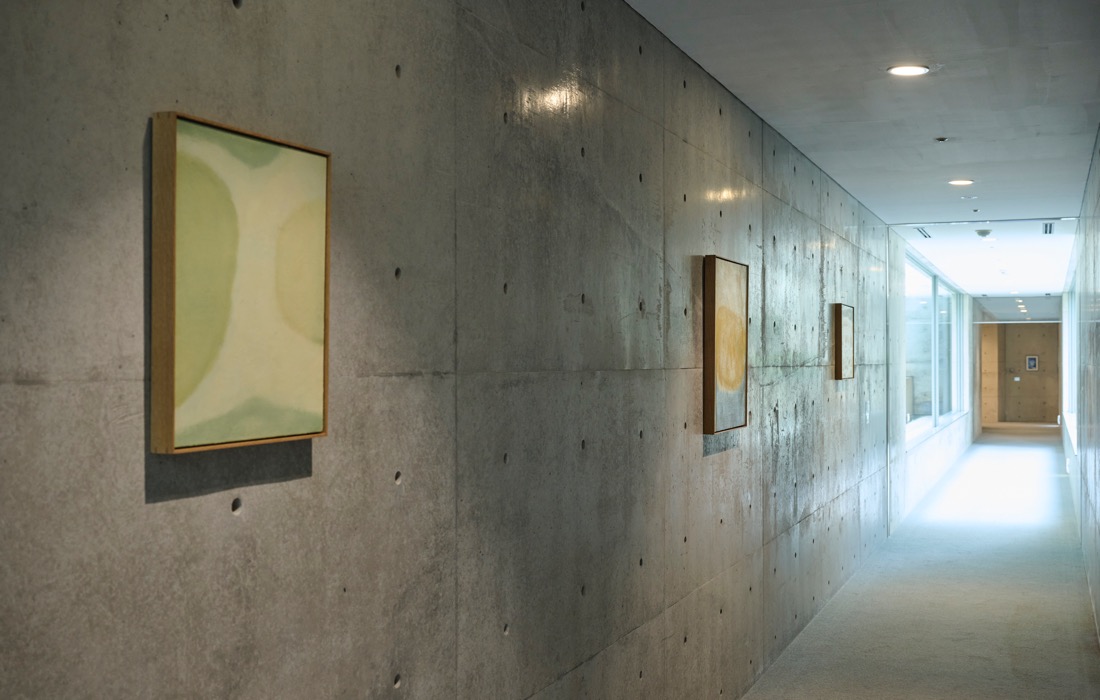
Moe Nak ase
Born and raised at the foot of Fujino Town, Kanagawa Prefecture. With an artist father, she has always lived next to nature since her childhood. Influenced by her relationship with nature, she creates paintings as if to lock in the sights, smells, and feelings she has felt as a memory. Using beeswax, a natural pigment used since ancient times, as his main medium, he began experimenting with the self-taught encaustic technique of mixing pigments with molten beeswax.
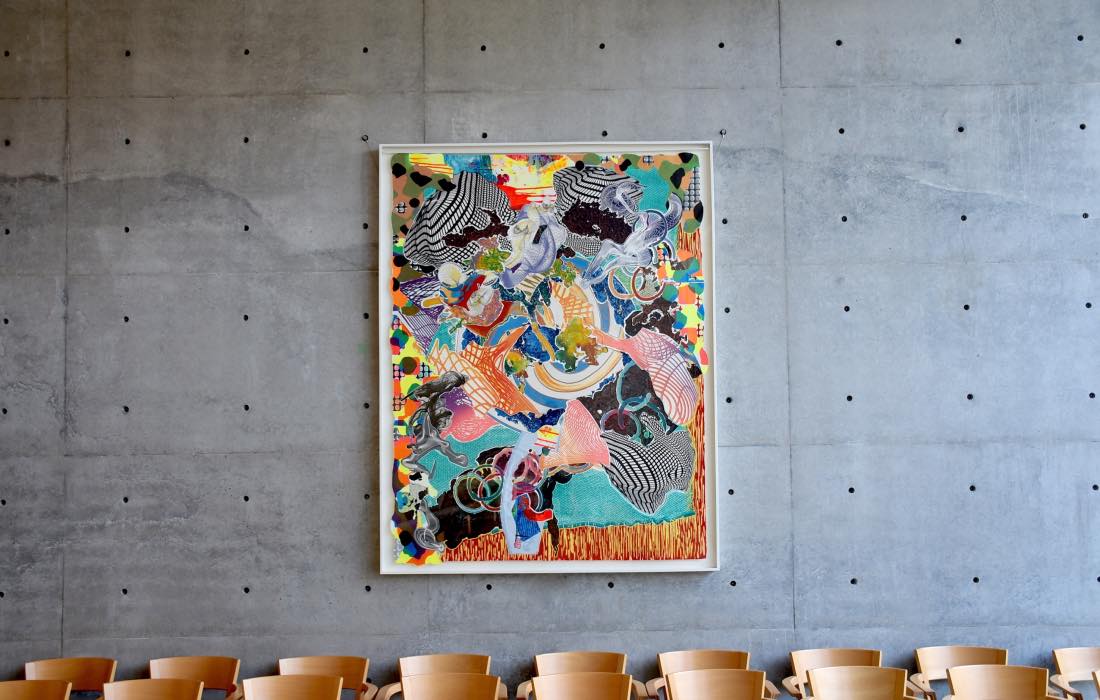
FRANK STELLA
Born May 12, 1936 in Boston. One of the leading minimalist artists of postwar American abstract painting. He is also a painter and sculptor. In his early years, he painted simple stripes and other symmetrical works, but since the 1980s, he has applied various colors and created twisted flat surfaces and dynamic works that burst beyond their two-dimensional borders and are neither paintings nor sculptures.
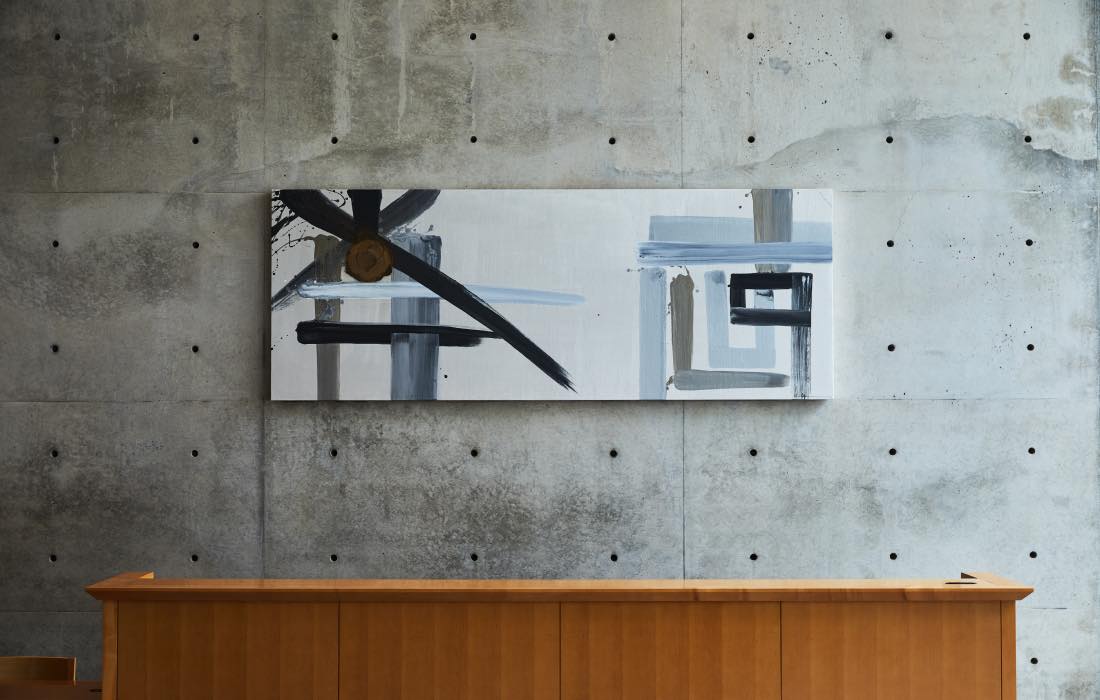
Rieko Kawabe
President of Nihon Gagei Club and Nippon Ya Kobo. Calligrapher and artist. He presides over the “Nippon Gagei Club,” a members-only organization dedicated to the promotion of Japanese culture. In 2004, he established the “Gagei Japanese Culture Exchange Fund” to promote international exchange activities and children’s workshops.
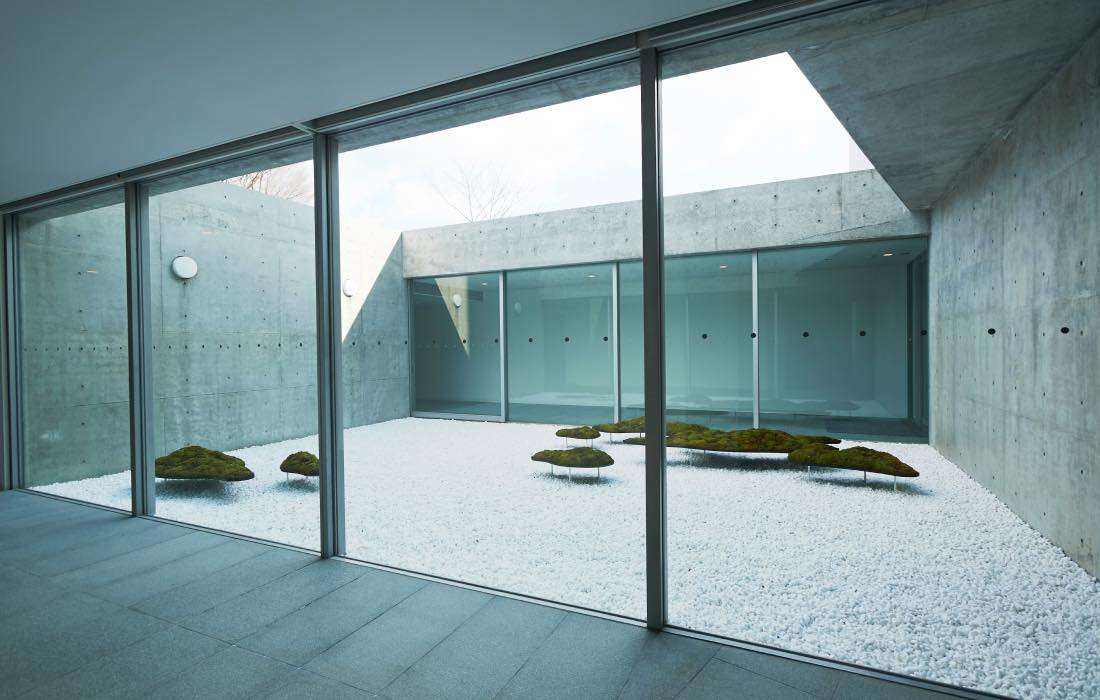
Hifumi Yutaka Ono
Born in Ehime, Japan in 1981. Garden designer. Plant space designer. Shodai Shi. He is involved in gardens, landscaping, mountain restoration, plant scenography, and botanical art. He designs plantings based on the principles of nature, expressing the mythology and culture of the land, and interlinking the house, garden, town, and mountain to create a “place” where not only people but also other living creatures can coexist.
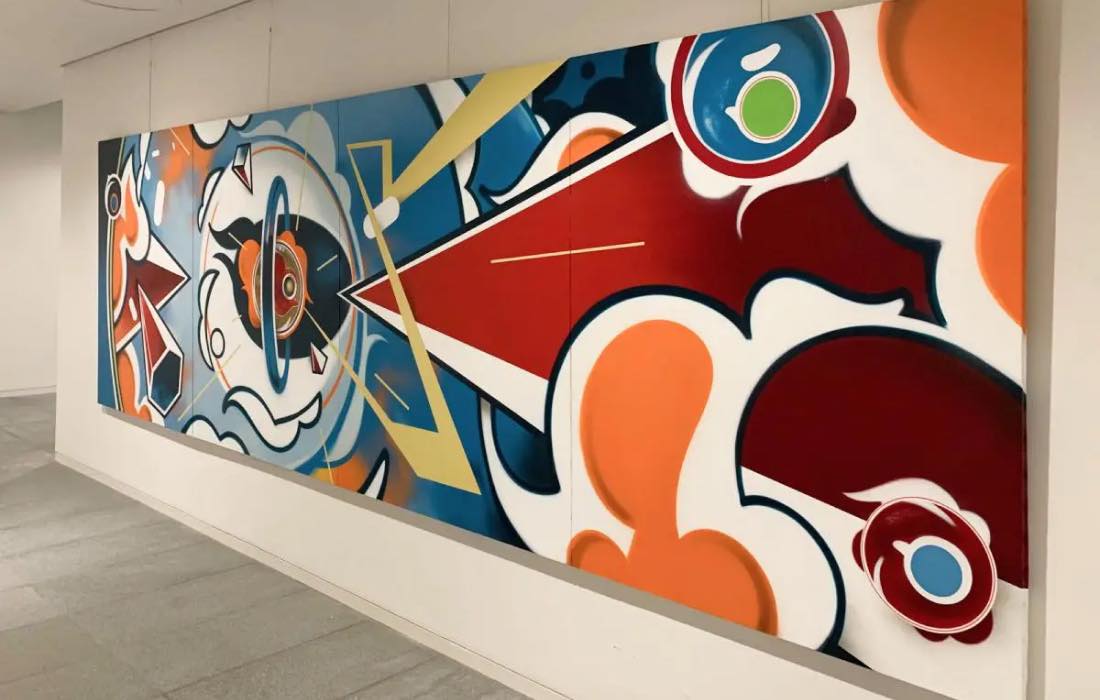
SUIKO
A graffiti artist who specializes in unique lettering with a sense of dynamism and life influenced by calligraphy, he participated in Japan’s first large-scale graffiti exhibition “X-COLOR” in 2005, and has since expanded his activities to include visits to more than 10 countries, including the United States, Germany, and France, where he has received invitations from various countries. He is the representative of “dimlight,” a graffiti store and art studio.
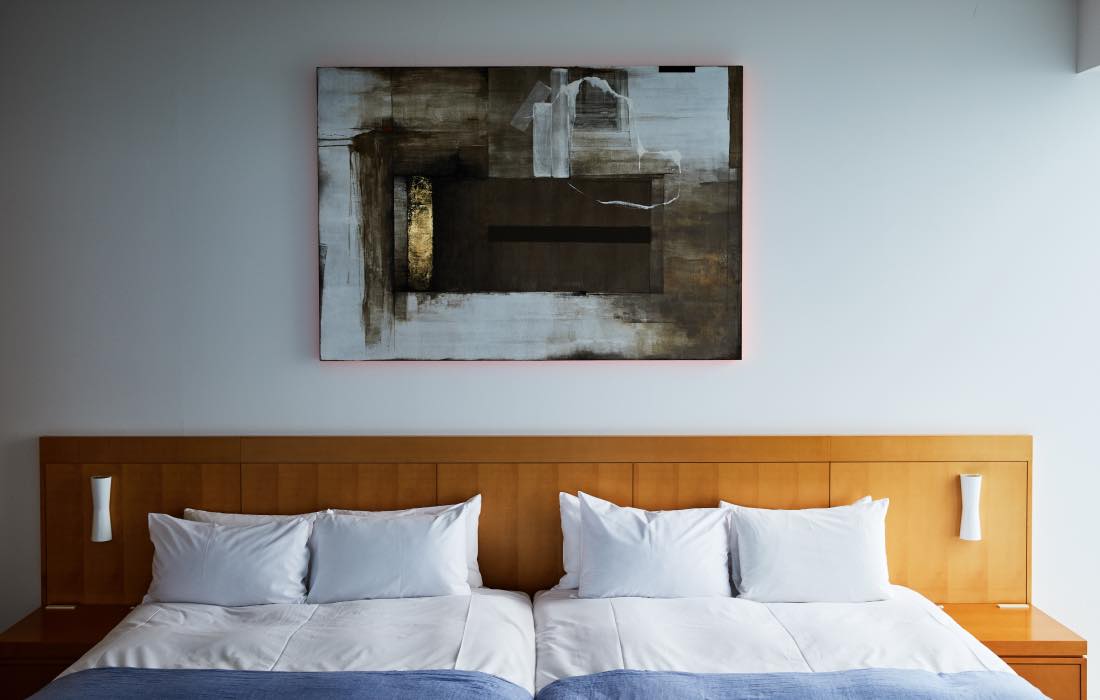
Maria Mitsumori
Japanese-style painter. He sometimes makes paints from scratch, one color at a time, using a millstone to grind ores and rocks into a fine powder. Having spent about half of his life overseas, he wants to express through his work a world in which a variety of things exist as they are, transcending borders. Inheriting the tradition of Japanese-style painting, he attempts to capture and visualize abstract concepts such as time and emotion, which cannot be seen physically, in a higher dimension.
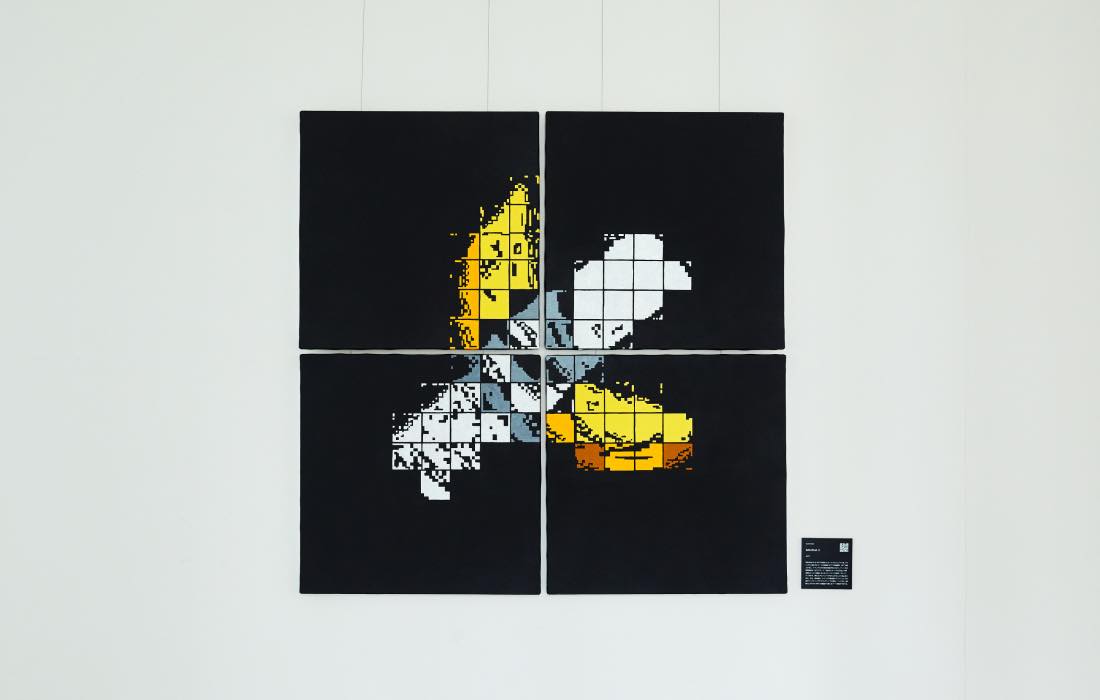
tsumichara
The subject of “BANANANA X,” an art project utilizing NFT, is “Comedian,” a banana on the wall at the 2019 Art Basel Miami. The work was inspired by the fact that this mere “banana on the wall” sold for $6.2 million. The work is designed to overlap the current NFT movement and “Comedian” so that people can participate in the NFT movement as a participant.
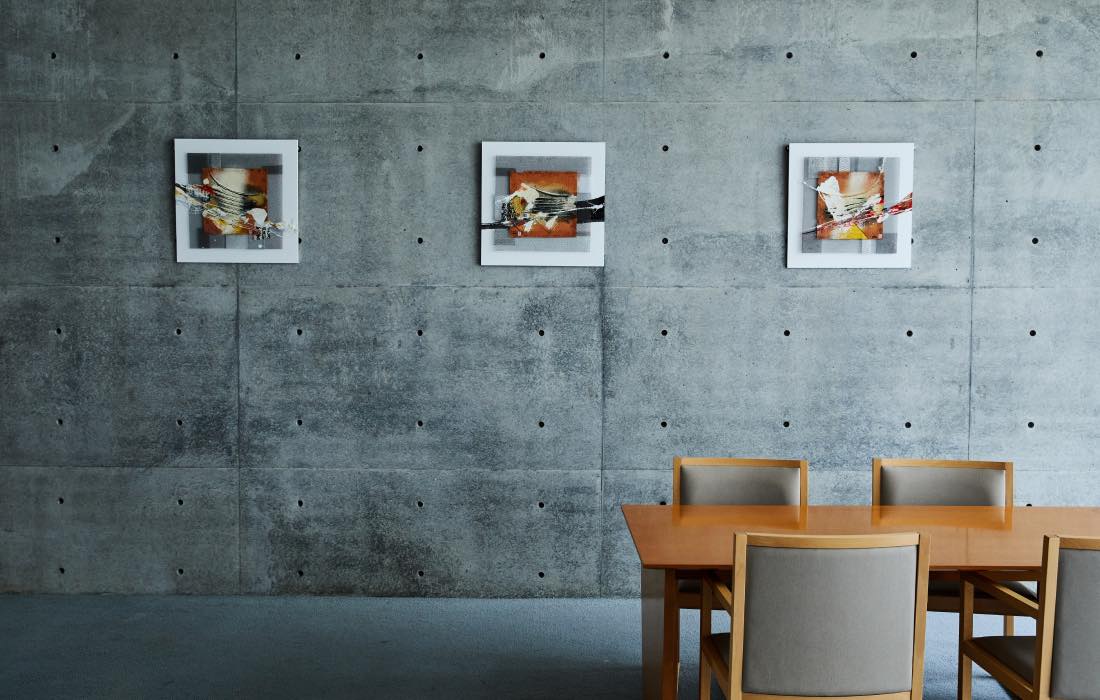
Takahiro Mizukami
Graduated from Musashino Art University in 1965, he moved to Paris in 1980 as a foreign exchange student and was accepted as a member of the Maison des Artistes, a narrowly defined association for the recognition of artists, in 1982. In 1990, he was accepted as a member of the Association des Artistes Copyrightes de Paris (A.D.A.G.P.). He was granted the National Copyright for Artists by the French Ministry of Culture and registered as an international artist.
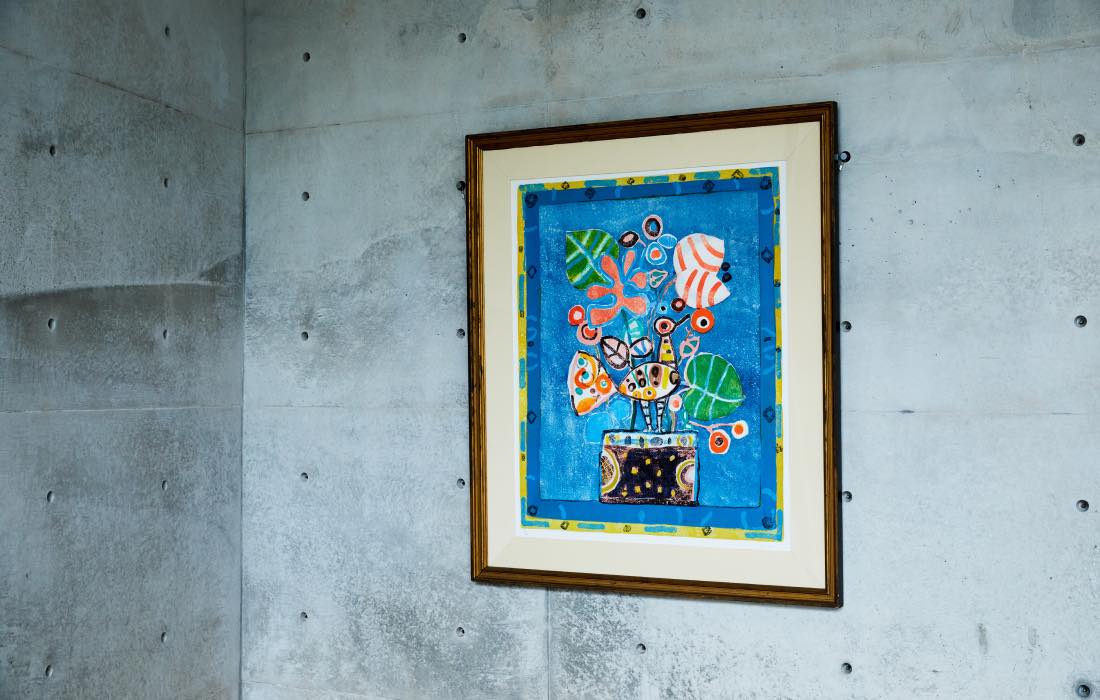
PAUL AÏZPIRI
French painter, born in Paris. Born in Paris, he had his first solo exhibition in Paris in 1943, and since then, he has been building up his career as a figurative painter, becoming a founding member of the Salon de Jeunesse Panthure (Exhibition of Youth Paintings) in Paris in 1945. He is well known for his lithographs of still lifes, landscapes, and figures, which are characterized by a light touch and vivid colors.
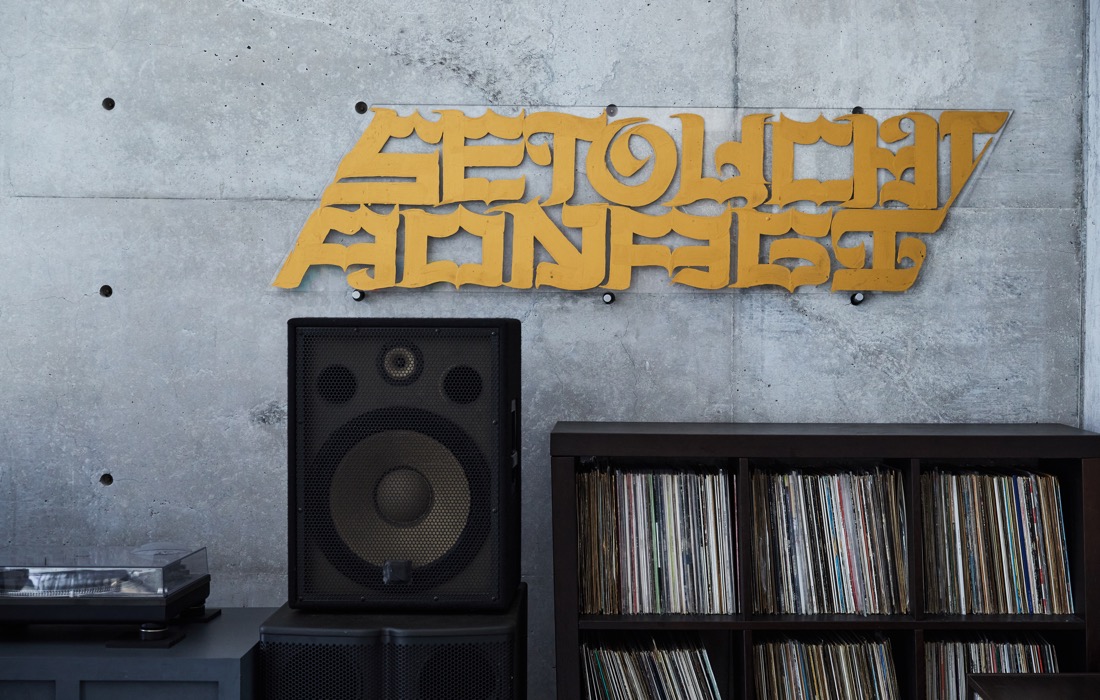
CASPER
Osaka-born artist who started graffiti art in 1996, he was selected as an invited artist for “Americamura Street Light Art Project” hosted by REDBULL in 2013. 2000, he started Yamakae Art Studio and started design business. 2000, he launched FENDI project “F IS FOR FENDI” project, and snowboard medalist Ayumu Hirano’s X Games Aspen Mural Art for the MONSTER ENERGY project.
